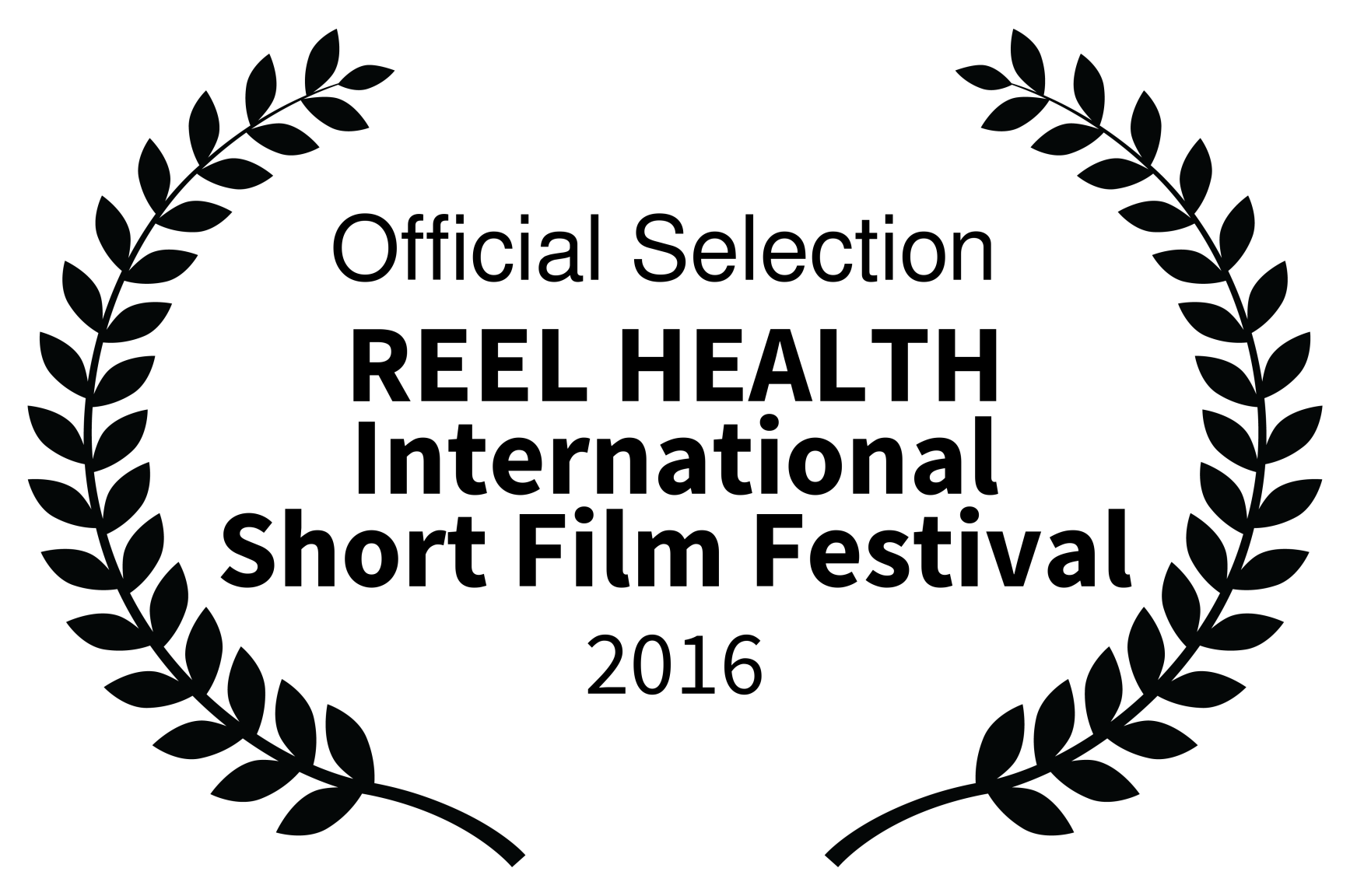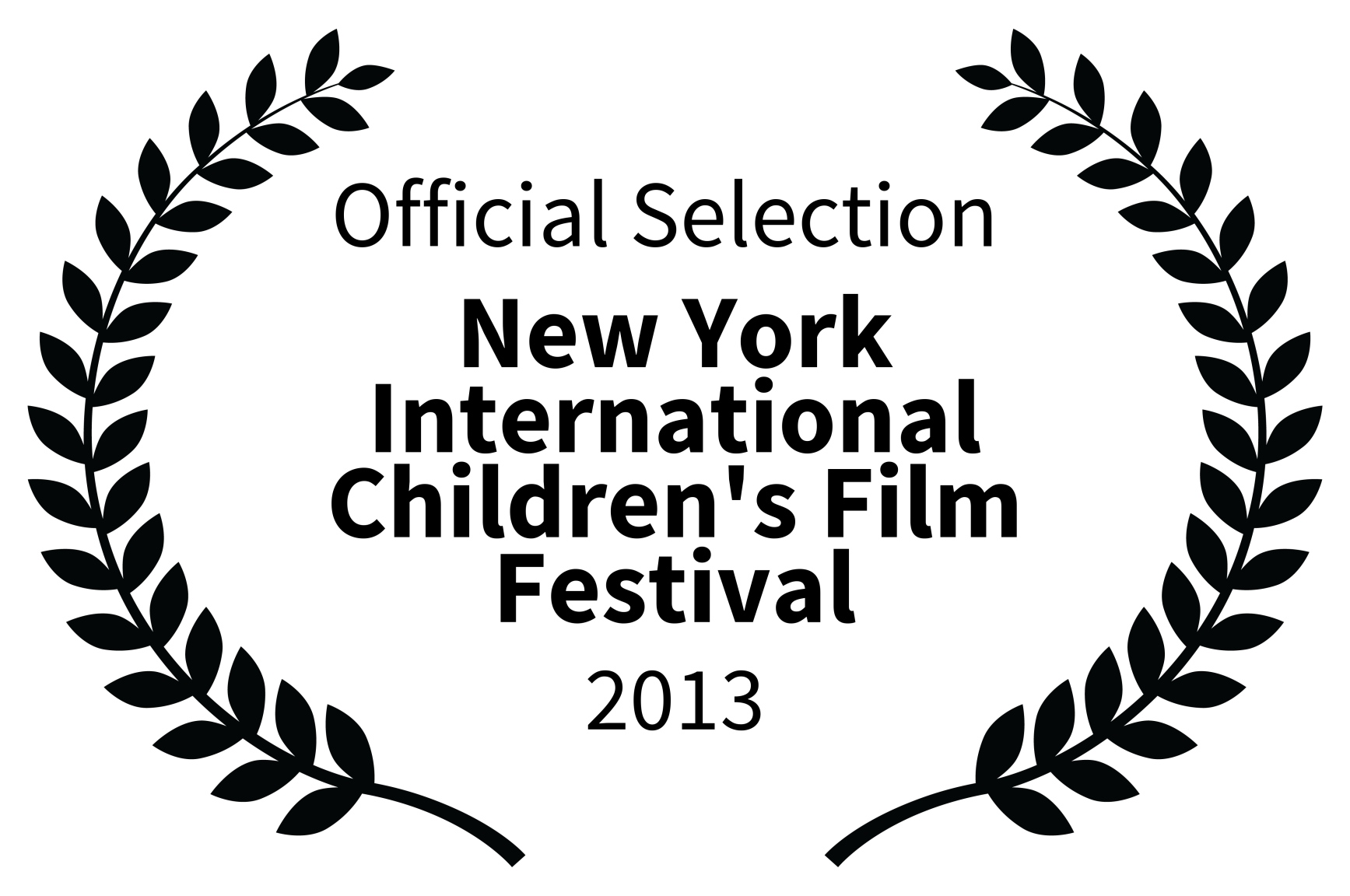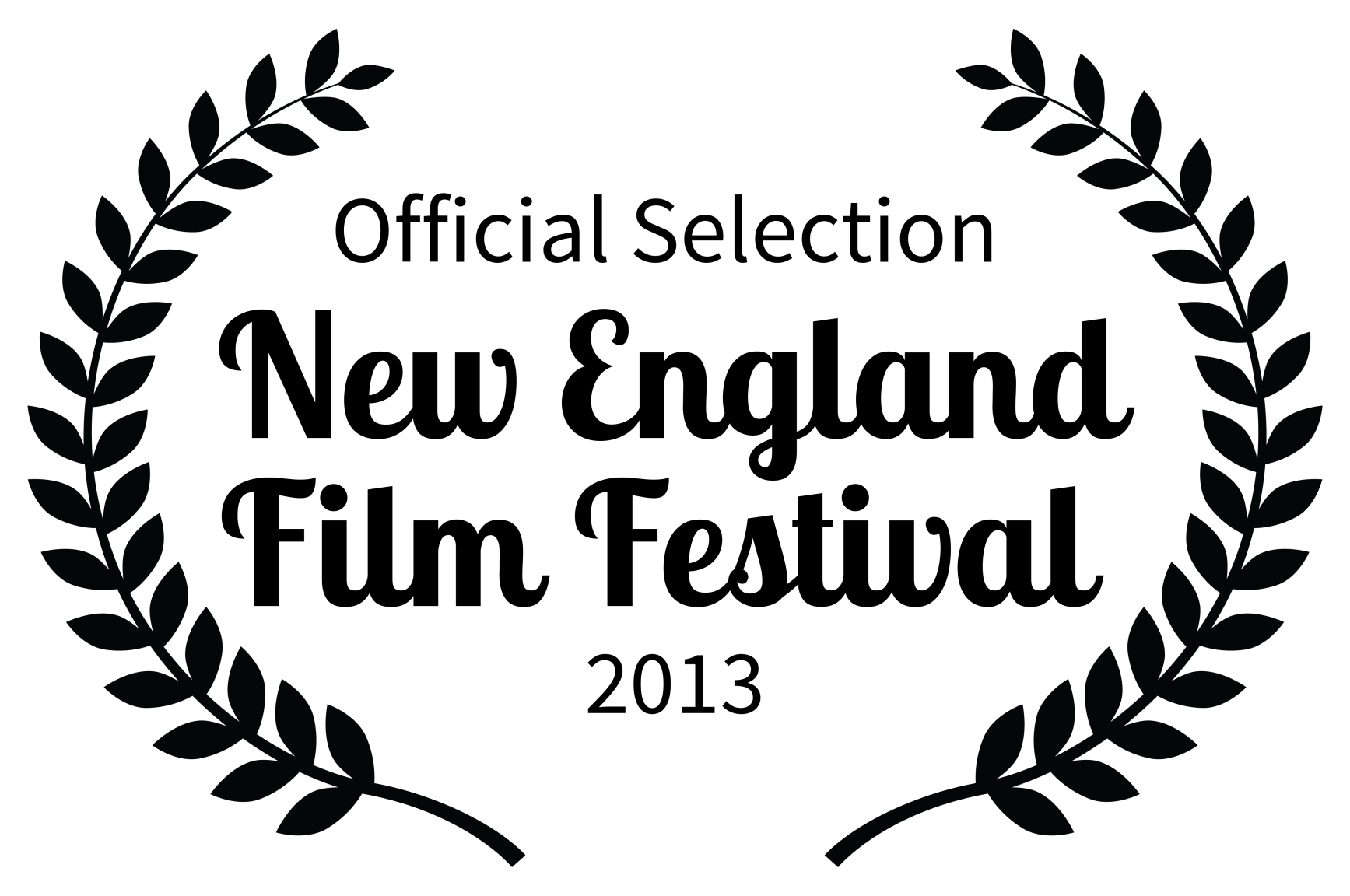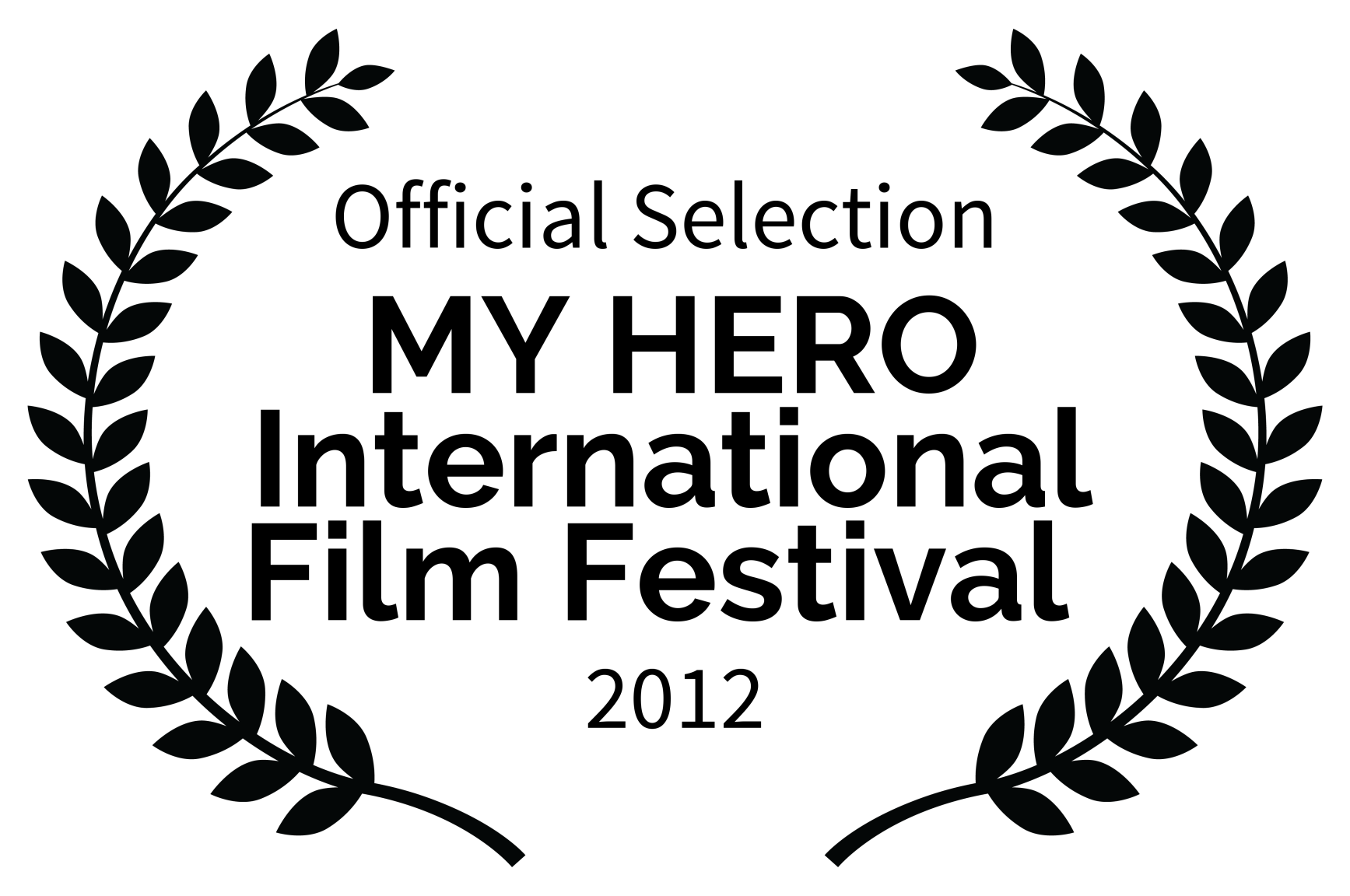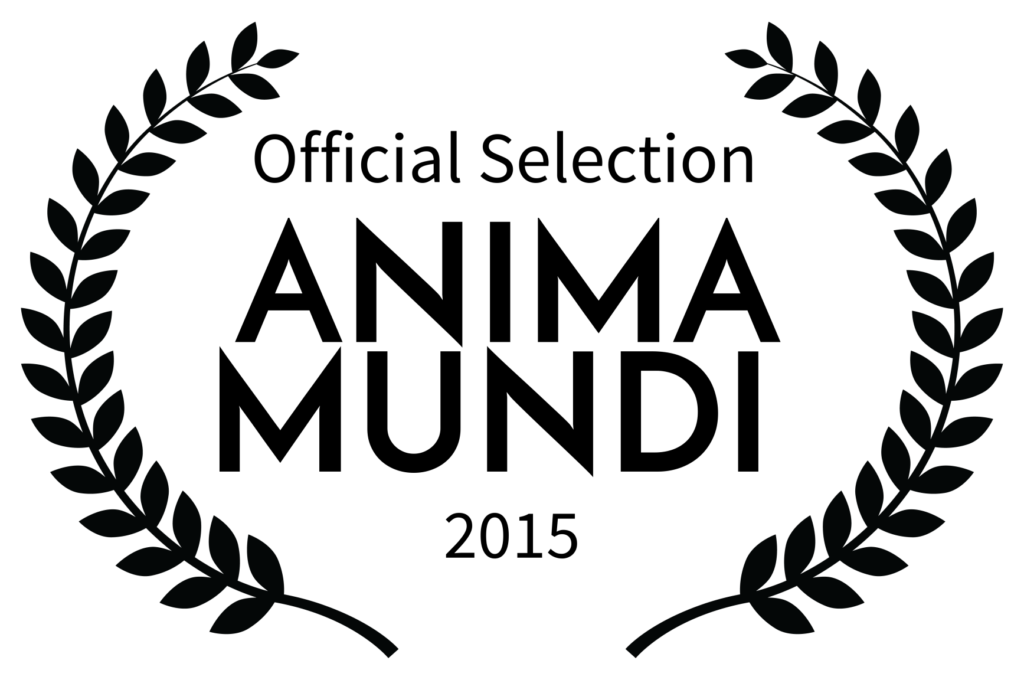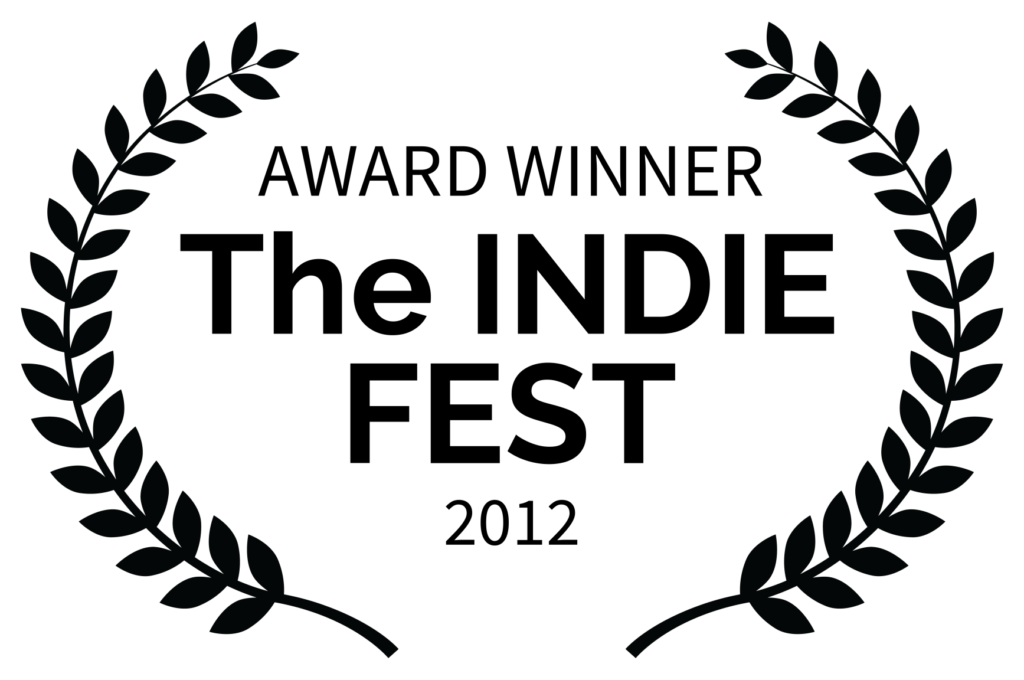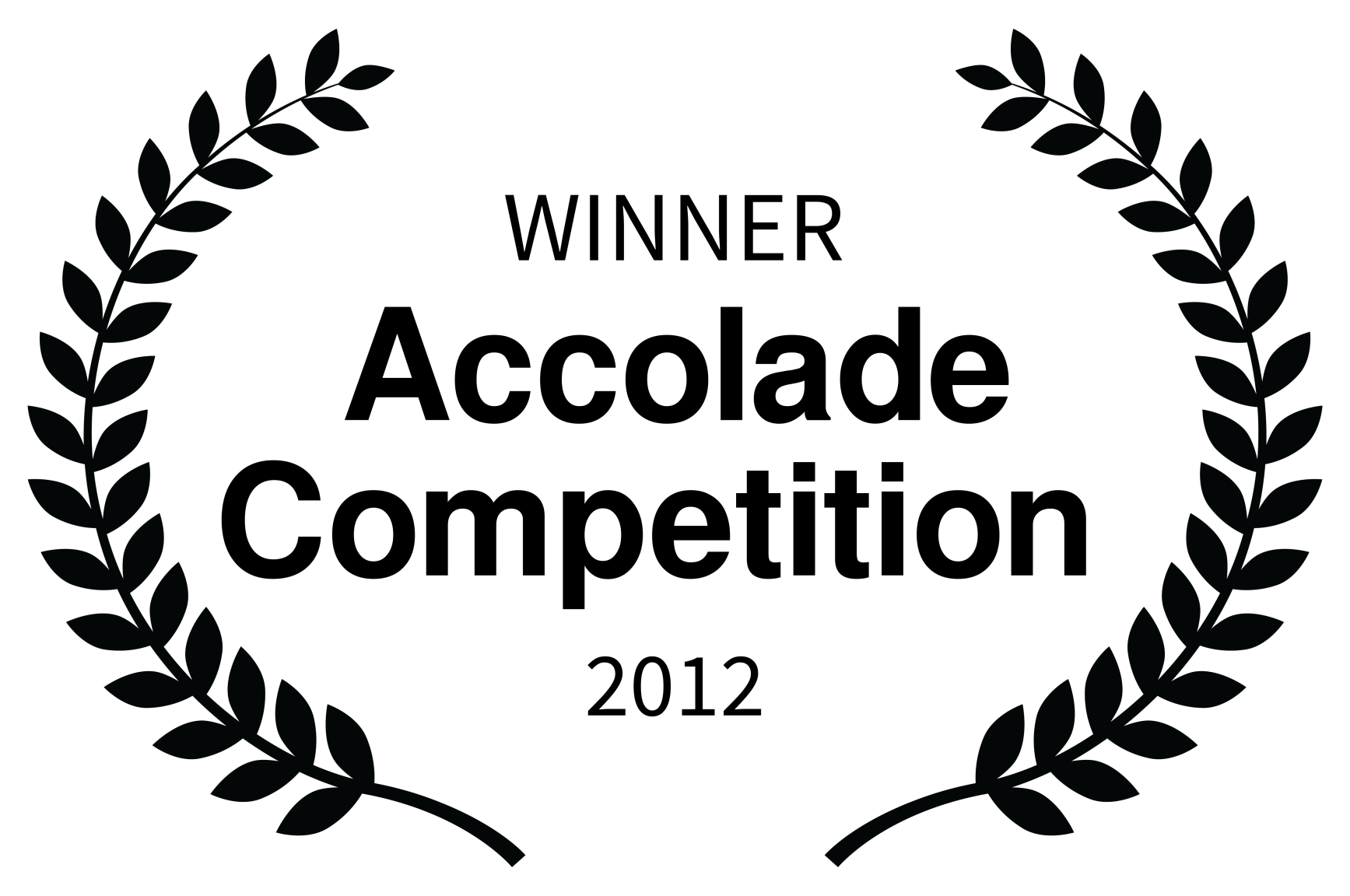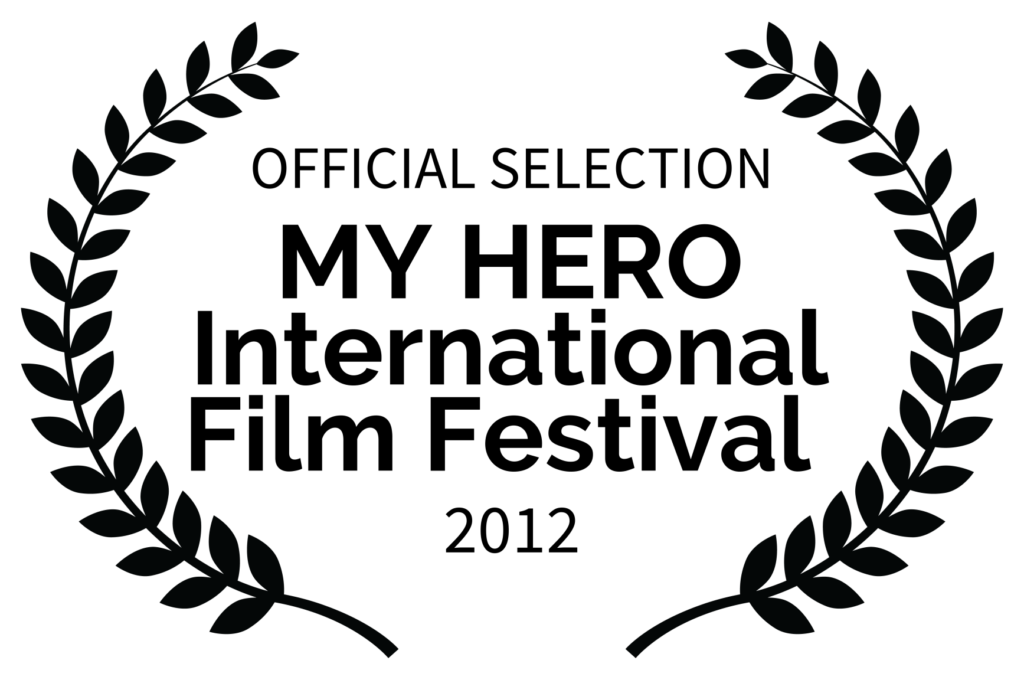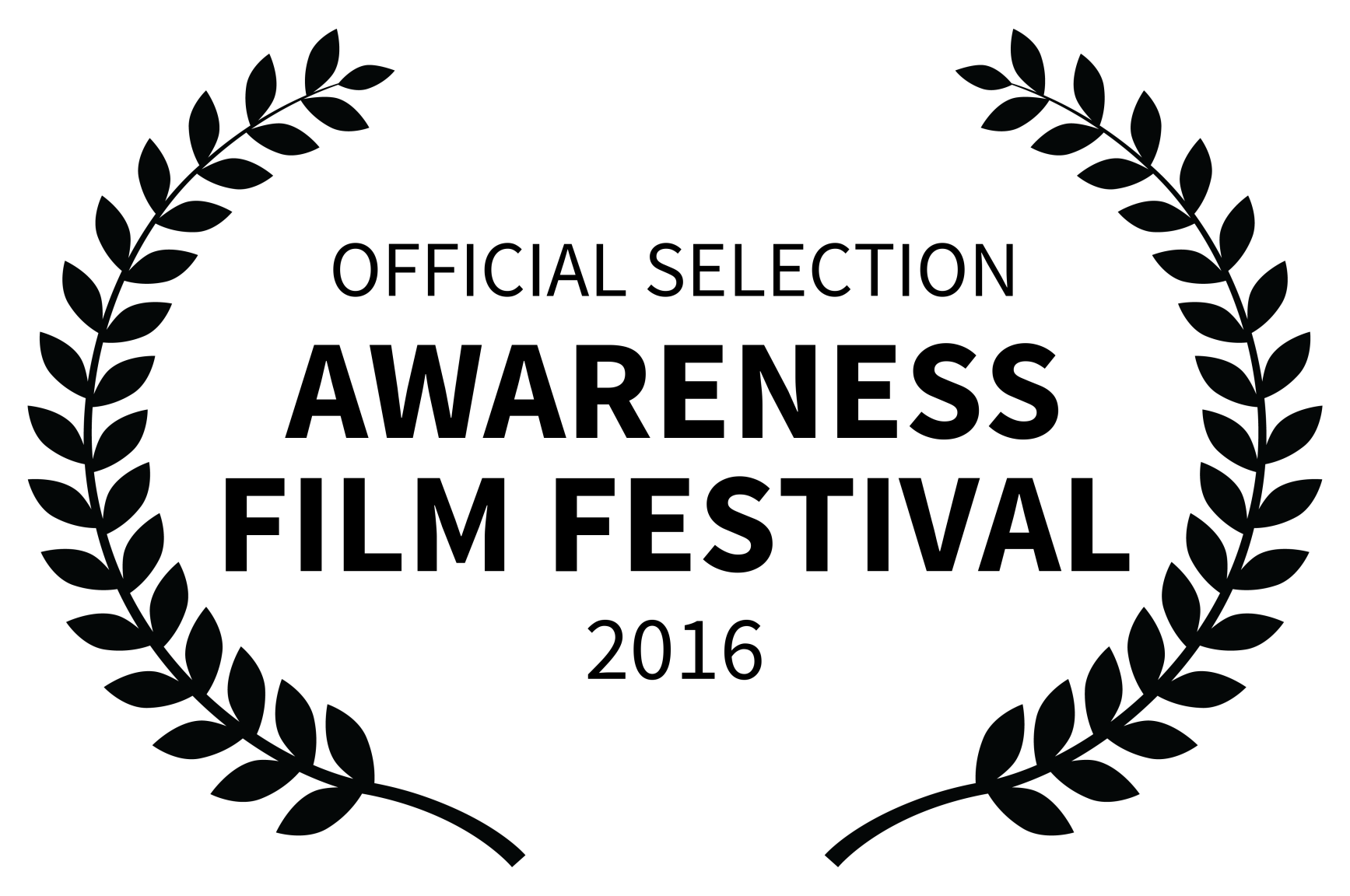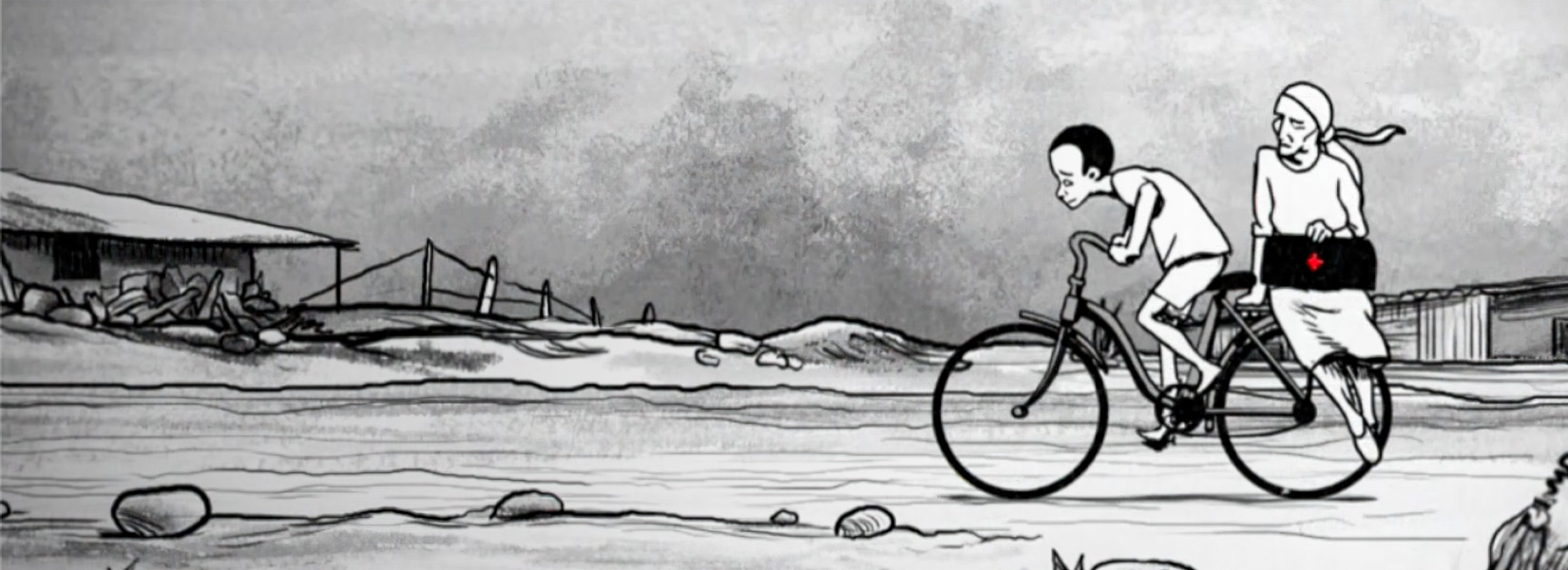What We Do
Our mission is to improve health care and health outcomes, especially in low-resource settings, by developing videos that “bring to life” health care information known to save lives.
Meeting the Need
Frontline health workers provide the first and often the only care for millions of people around the globe. Often their training is minimal. And when training is available, it is often ineffective due to the emphasis on lectures and textbook learning that fail to provide demonstrations of hands-on procedures. We believe in the teaching power of video to change this paradigm, by providing an effective way to share knowledge, skills, and information across continents, cultures, and languages.
Video draws the eyes and ears to all the
subtleties that make for good skill acquisition,
and helps make learning “stick.”
These visual learning tools empower frontline workers, their patients, and whole communities by conveying critical information in a universally engaging way. By leveraging advances in internet and mobile technology,we can reach millions of people now—cost-effectively and across vast distances—making a powerful difference in global health. As more people gain access to mobile devices in the future, the potential is unlimited.
Our Approach to Video and Production Process
At the heart of our design process is an in-depth understanding of needs in underserved areas in Africa and Asia. During her time with MSF/Doctors Without Borders, founder Deb Van Dyke worked directly with frontline health workers and saw the needs and training gaps firsthand. Her experience guides the vision of GHMP’s practical and proven visual learning tools.
We feature live-action videos, with health workers and patients from around the world. The real life examples and familiar settings in our videos empower health workers to feel that they can follow the practices themselves (“I can do this here”).

Our videos convey health care information in a way that is easy to understand and remember. They are clear, practical, accurate, and vetted by our medical advisors. Real-life video has an exceptional ability to show clinical signs and the close-up detail essential to developing practical skills. Also, by capturing subtle nuances in facial expressions, live-action films are equally valuable in modeling the kindness and respect that health workers can convey to patients.
Our Reach
Worldwide Use
We produce high-quality teaching videos that are used worldwide:
- Available in 50 languages
- Streamed over 950 million times
- Downloads exceed 290,000
Viewership on social media, apps, and sharing of the videos in the field makes our reach many times greater.
Training Health Workers
Our videos are used as complementary training tools in both pre-service and in-service training, by health workers at all levels.
Practical and relevant to developing world realities, they are used by over 10,000 organizations, including UN groups, ministries of health, teaching institutions, hospitals, and NGOs large and small.
Teaching Communities
Films in each of our series are adapted to speak directly to patients, caregivers, and community members. They can be viewed in maternity wards, at home, or in hospital waiting rooms. We believe that if you can see it, you can learn it.
Many of our films are also available on our apps, Birth & Beyond, Learn Family Planning, and Practice Family Planning, on both Android phones and iPhones.
You all do some of the best work that I have ever seen. Because of your videos, policies have changed
in a hospital I volunteer at in the Dominican Republic.
— Valerie Goodman, RN, Lactation Consultant, USA
Our Projects
We develop our videos in series, each covering a critical area in global health. From birth to newborn care, from breastfeeding to early childhood nutrition, the series are comprehensive in scope, with short videos diving into micro-topics in detail.
In addition, our animated films provide timely and accessible information when an urgent public health crisis arises. Our animations are effective communication tools—making invisible germs visible so that people can easily grasp how disease is spread—within a simple engaging narrative.
An innovative and phenomenal effort to improve the health care delivery system worldwide. I am a national level trainer and have found [these videos] to be the most effective tool for easy understanding.
— Dr. Abu Zar Taizai, MPH, Health Department, Pakistan
Recognition
Our public health animations have won many awards and official selections that recognize their significant contribution to social change, their exceptional educational value, and the high quality of the animation.
The Story of Coronavirus – Awards and Official Selections

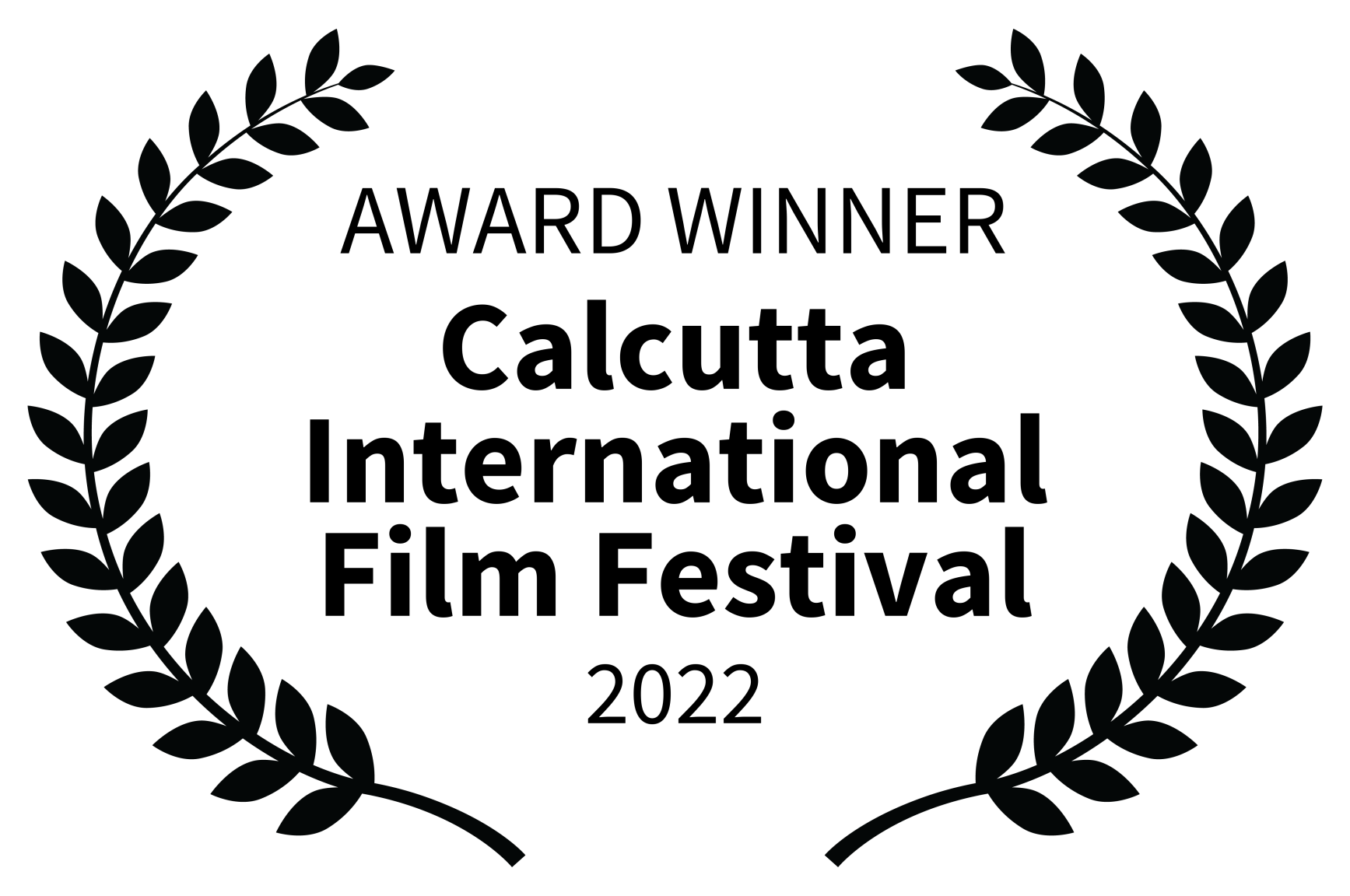
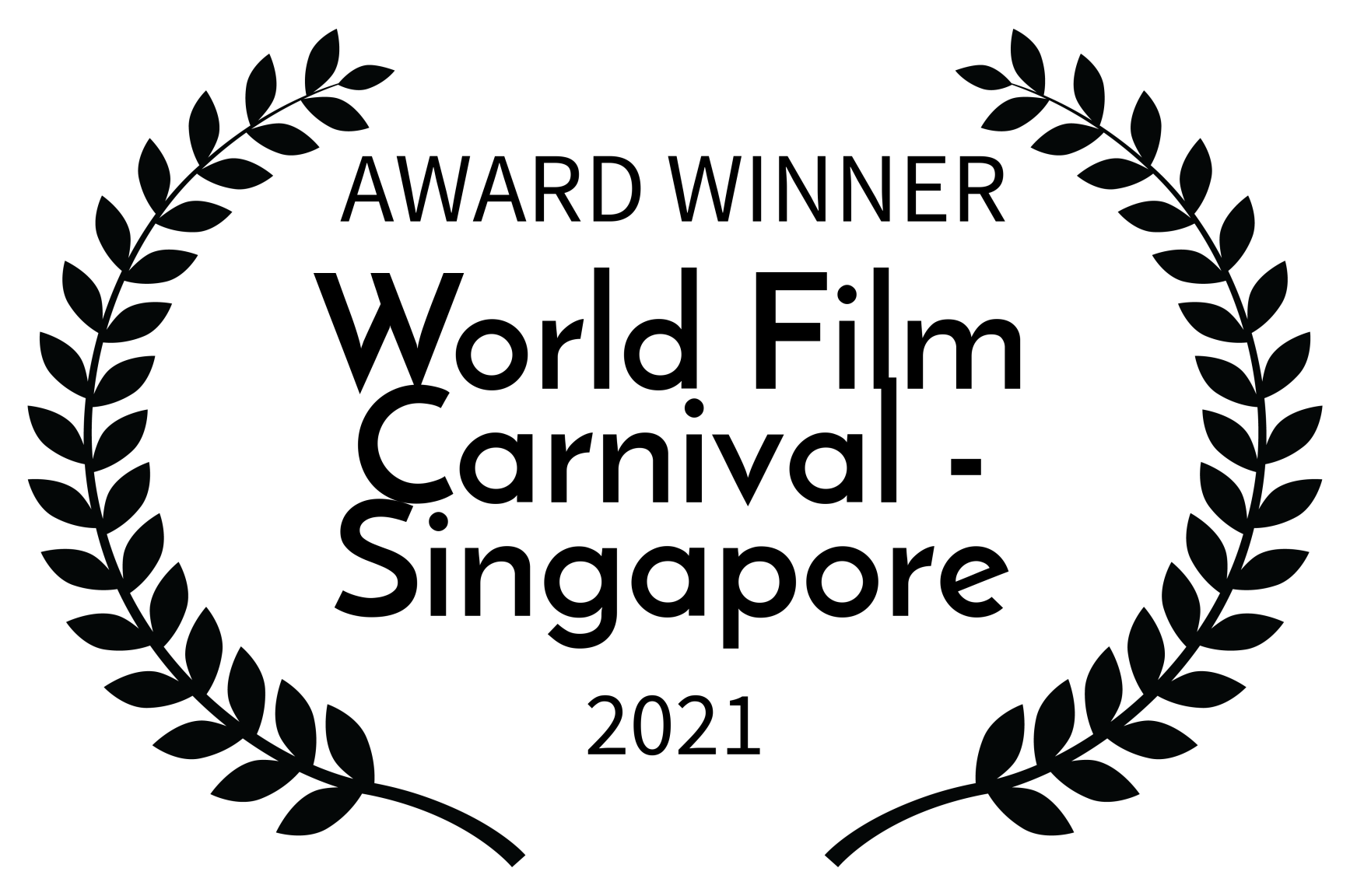
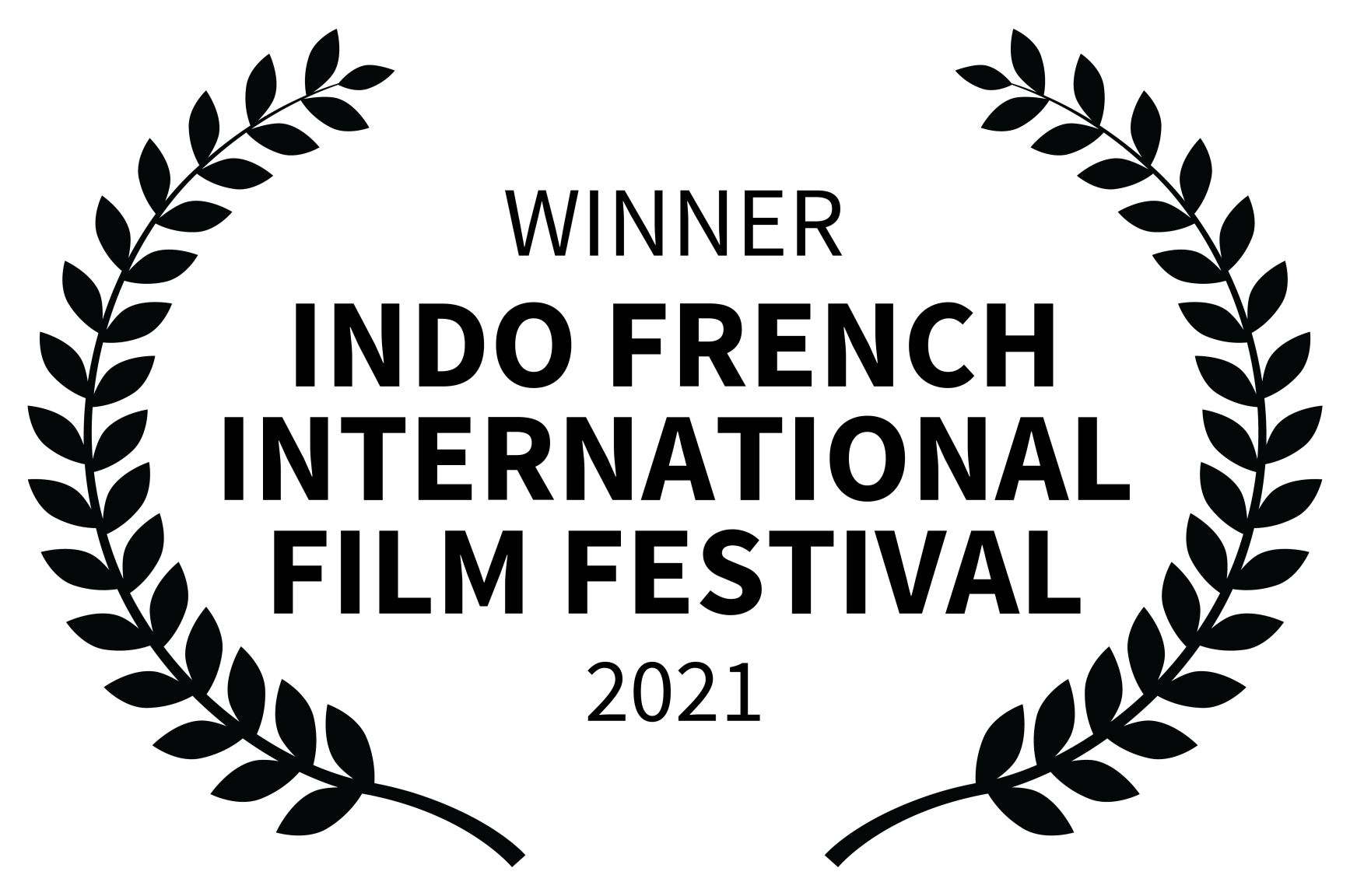

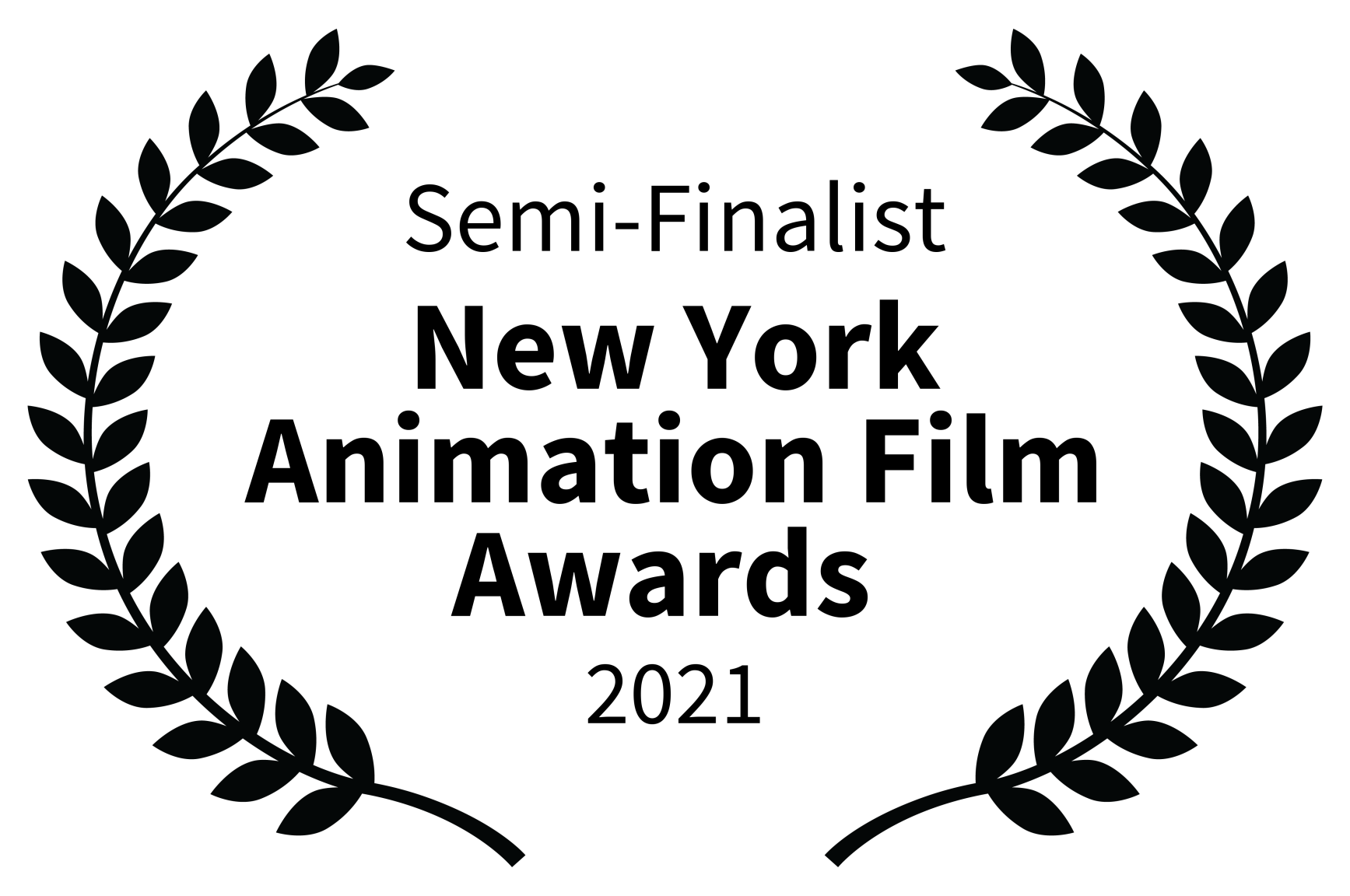
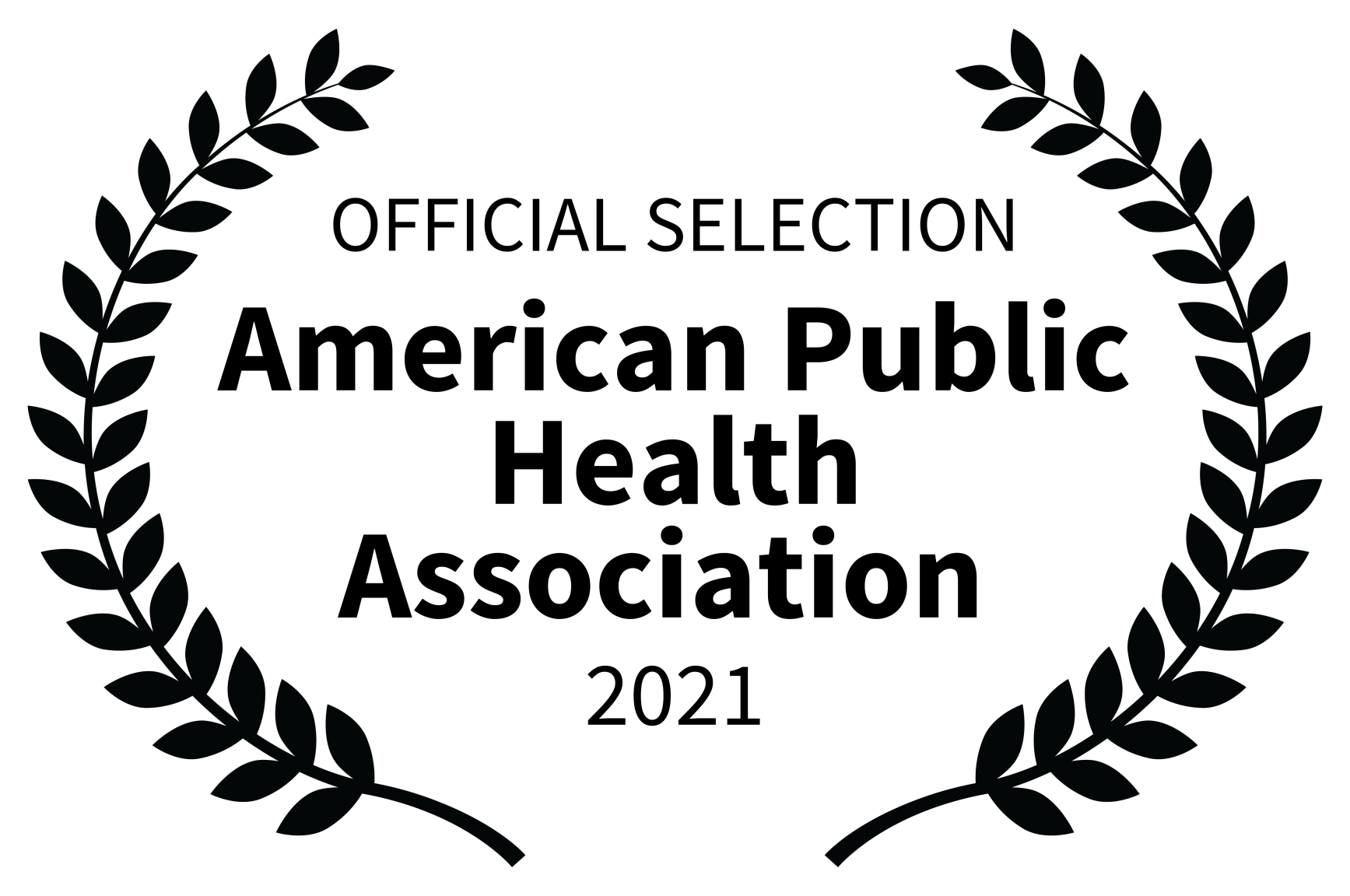
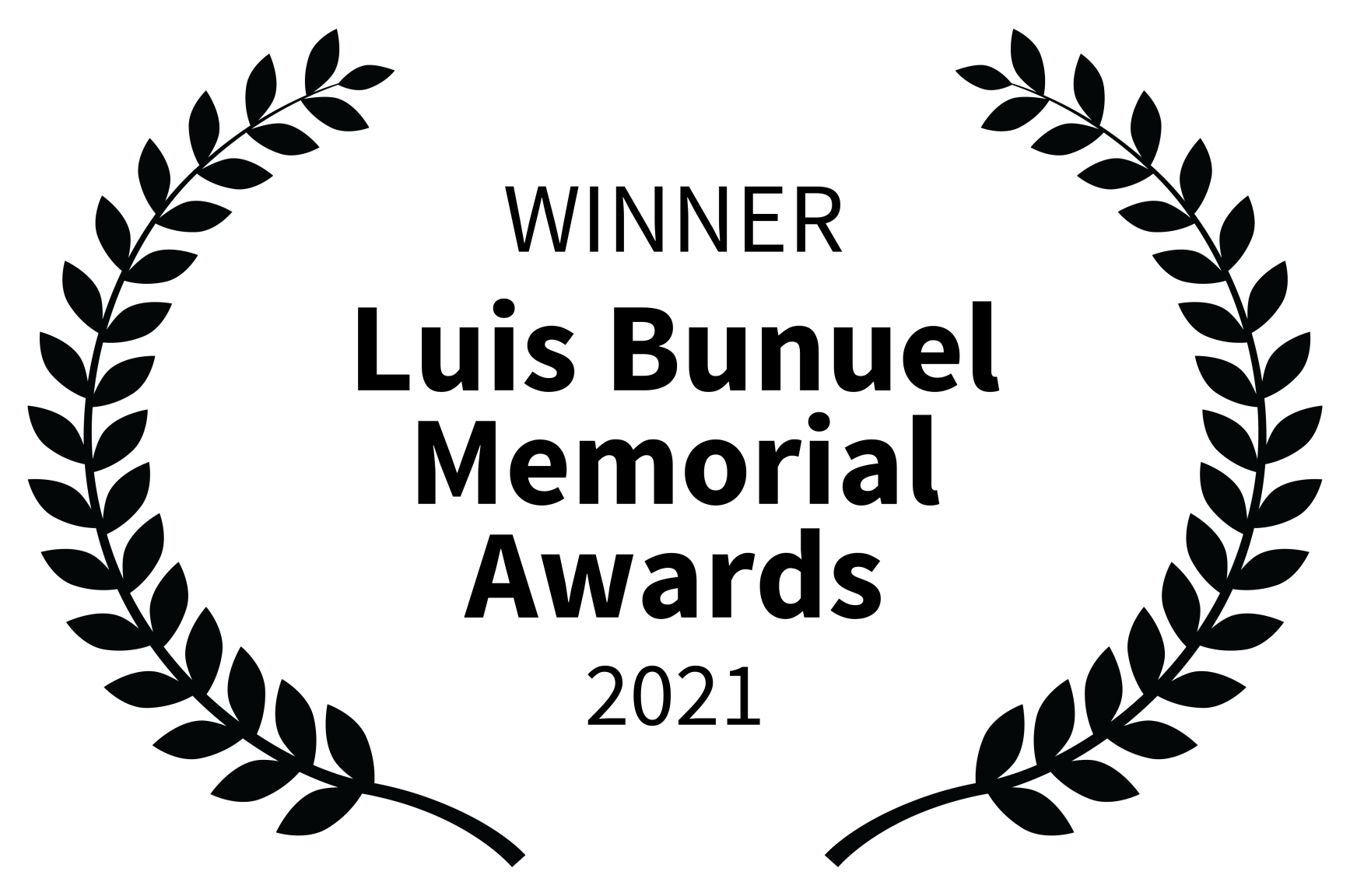

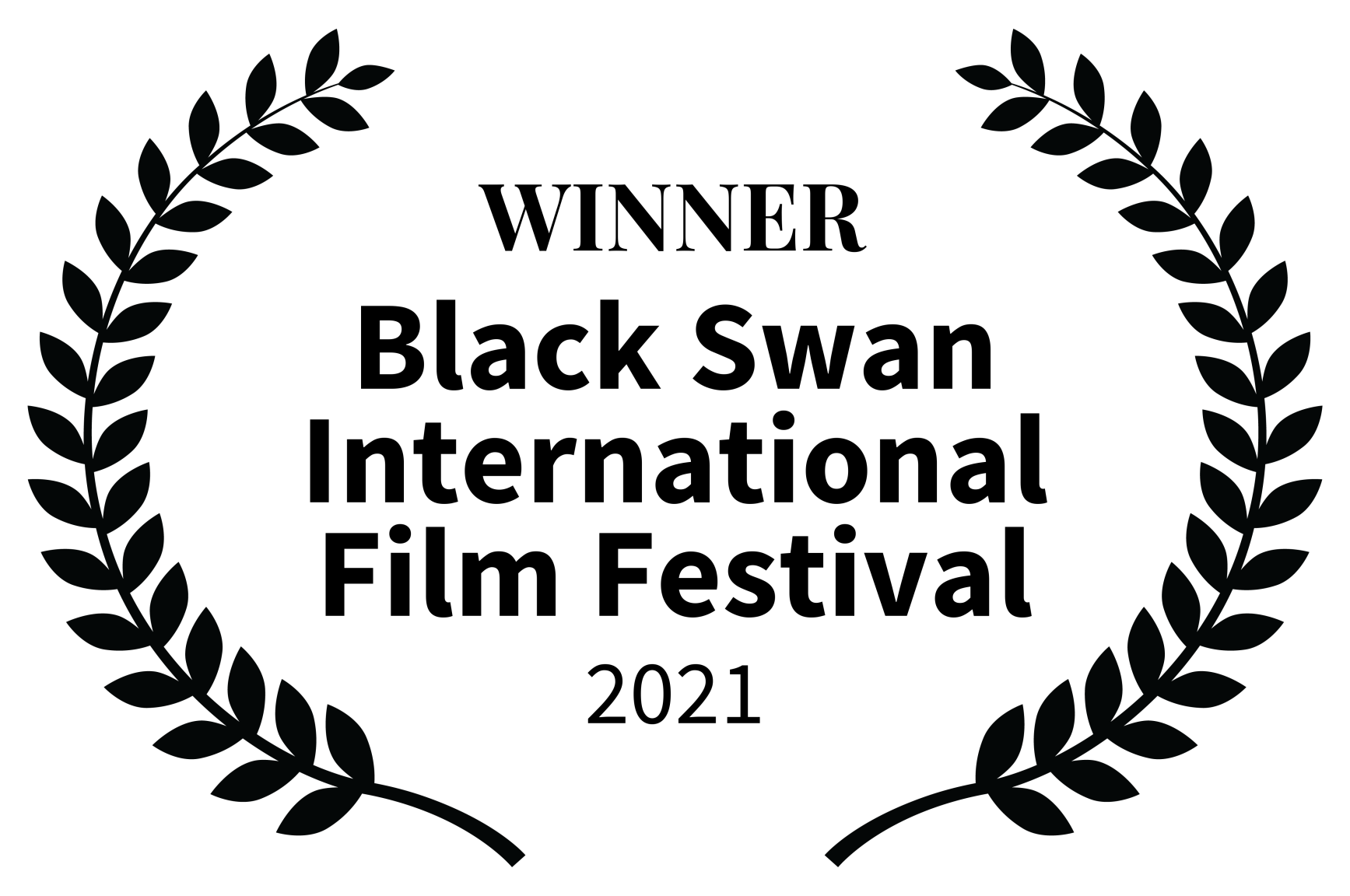

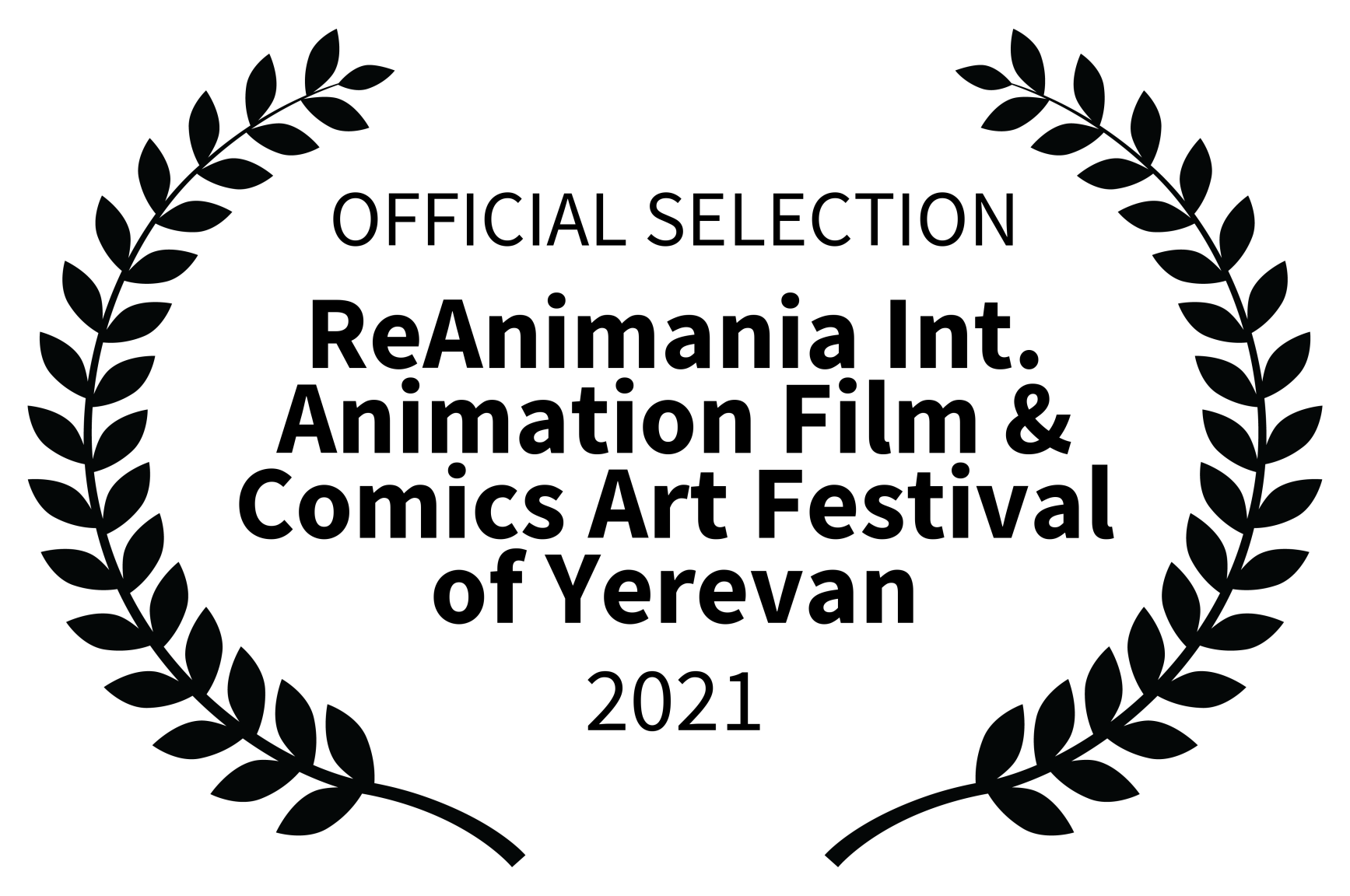
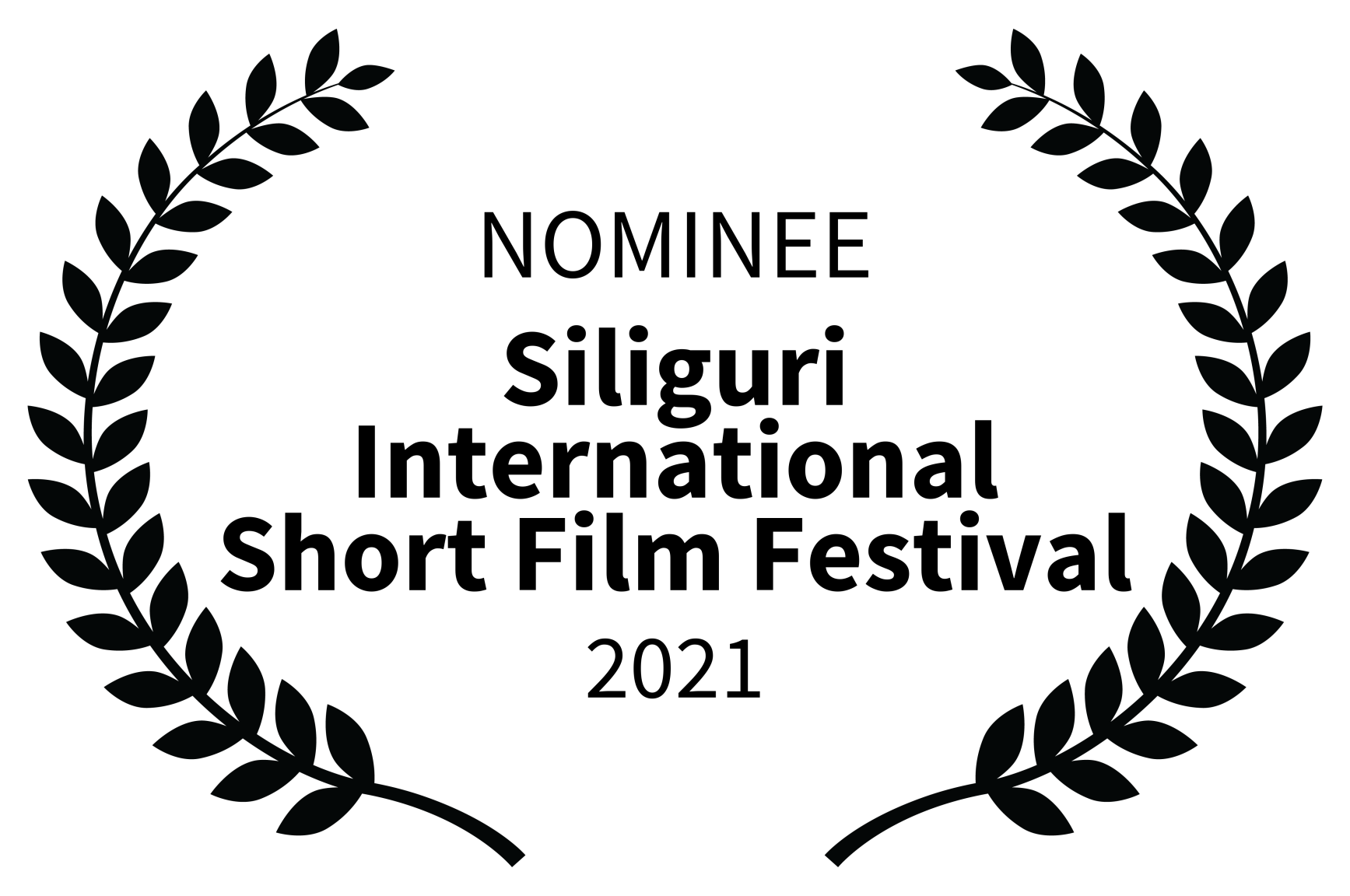
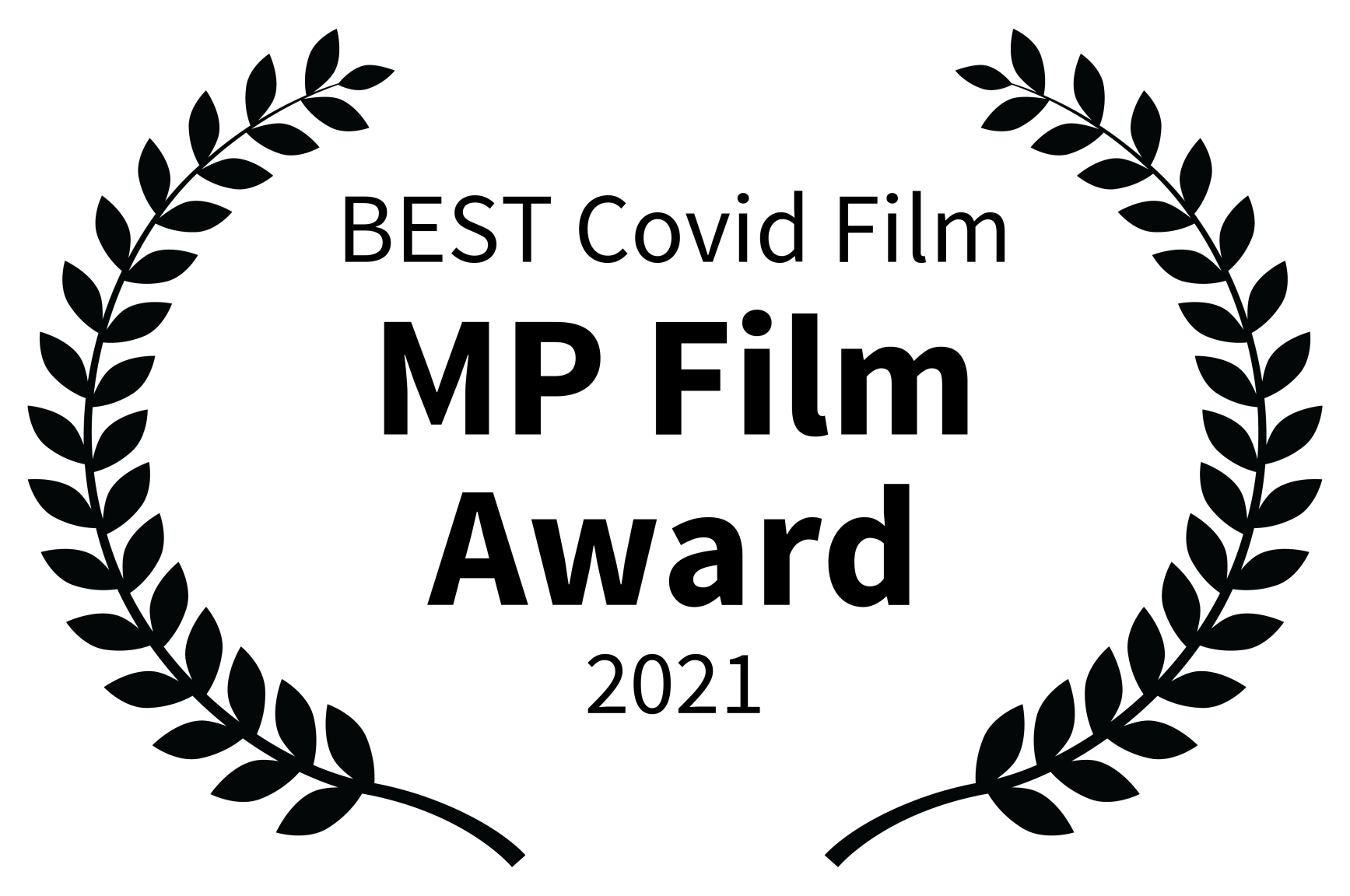

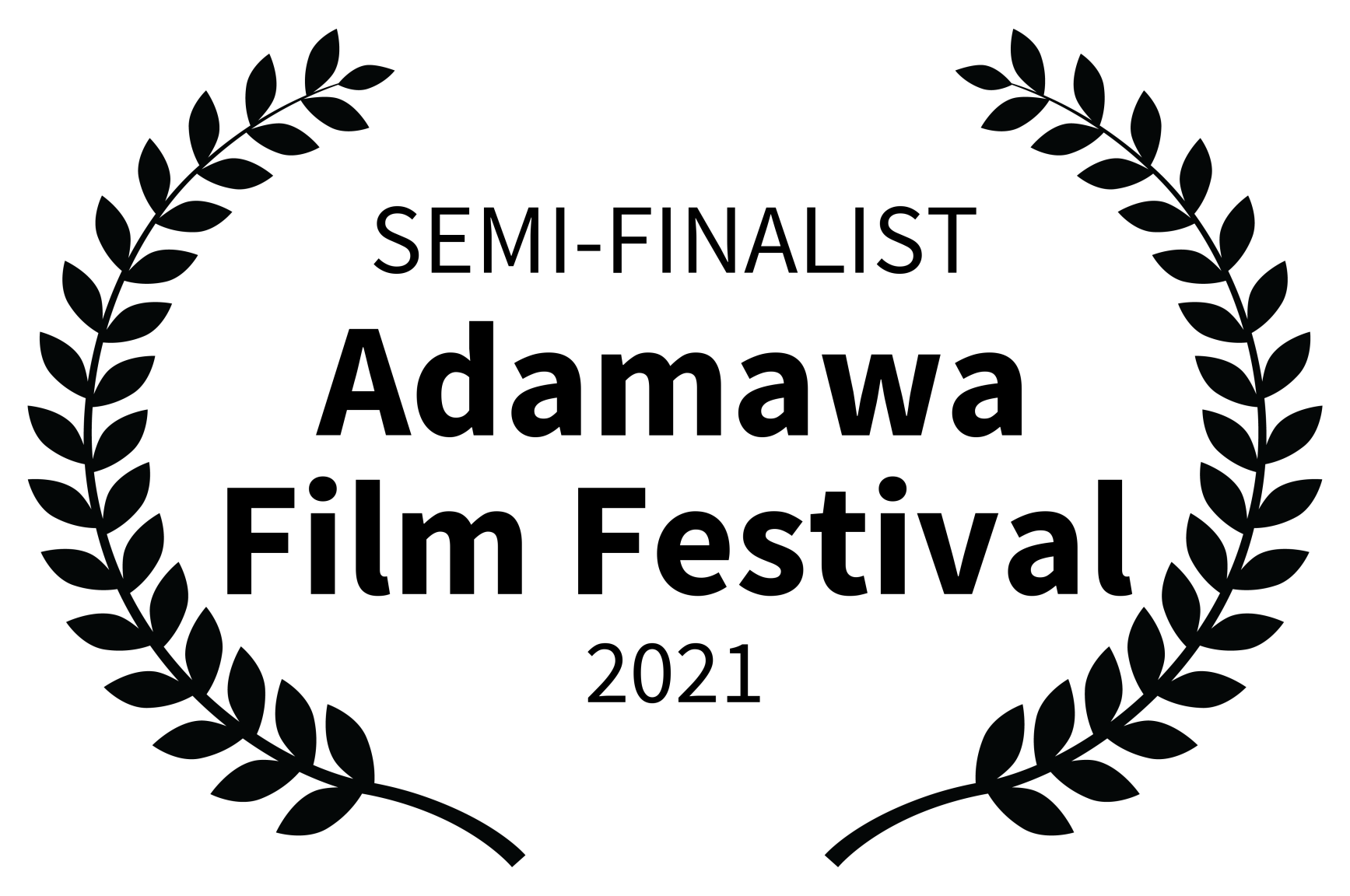
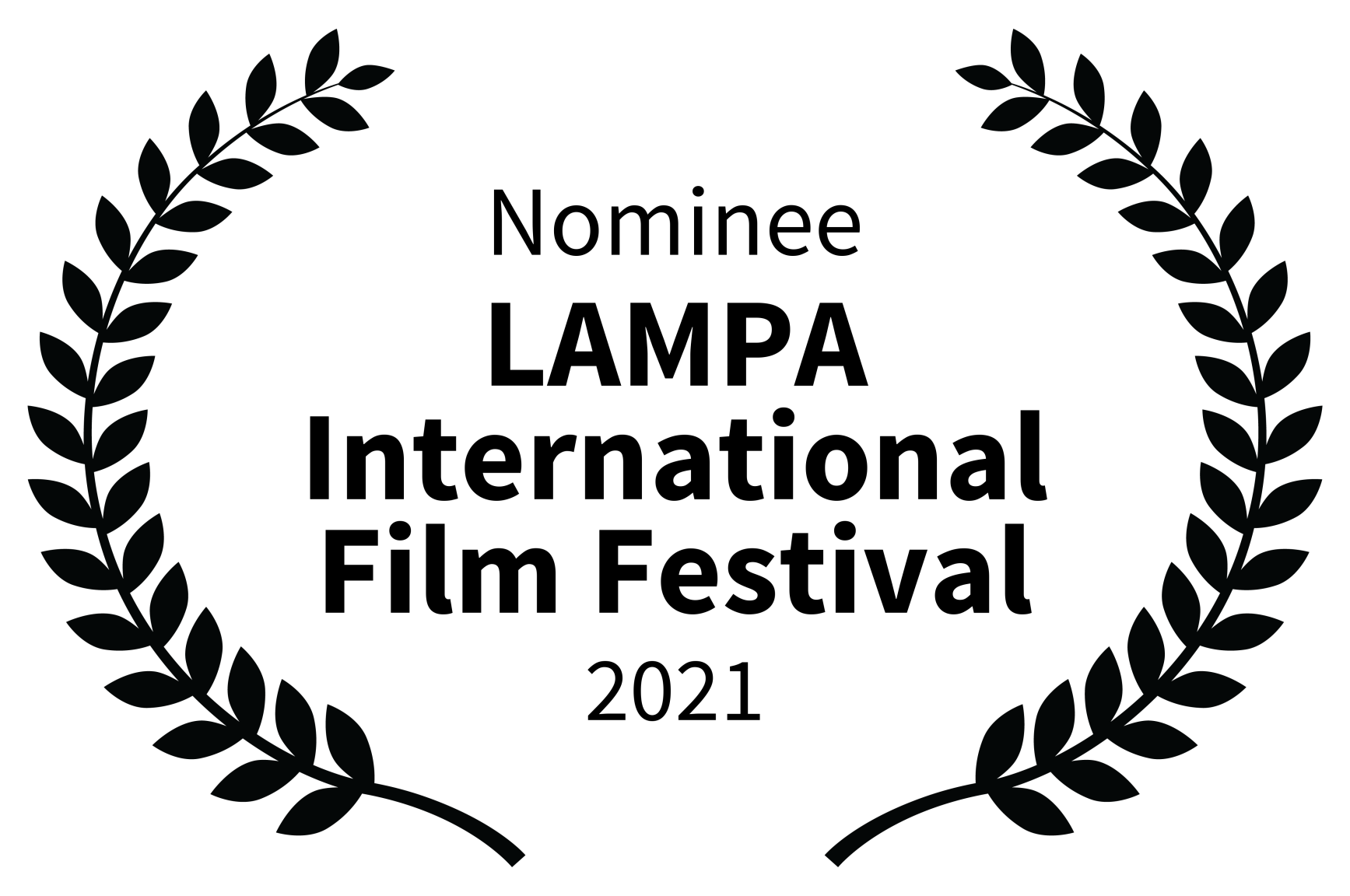
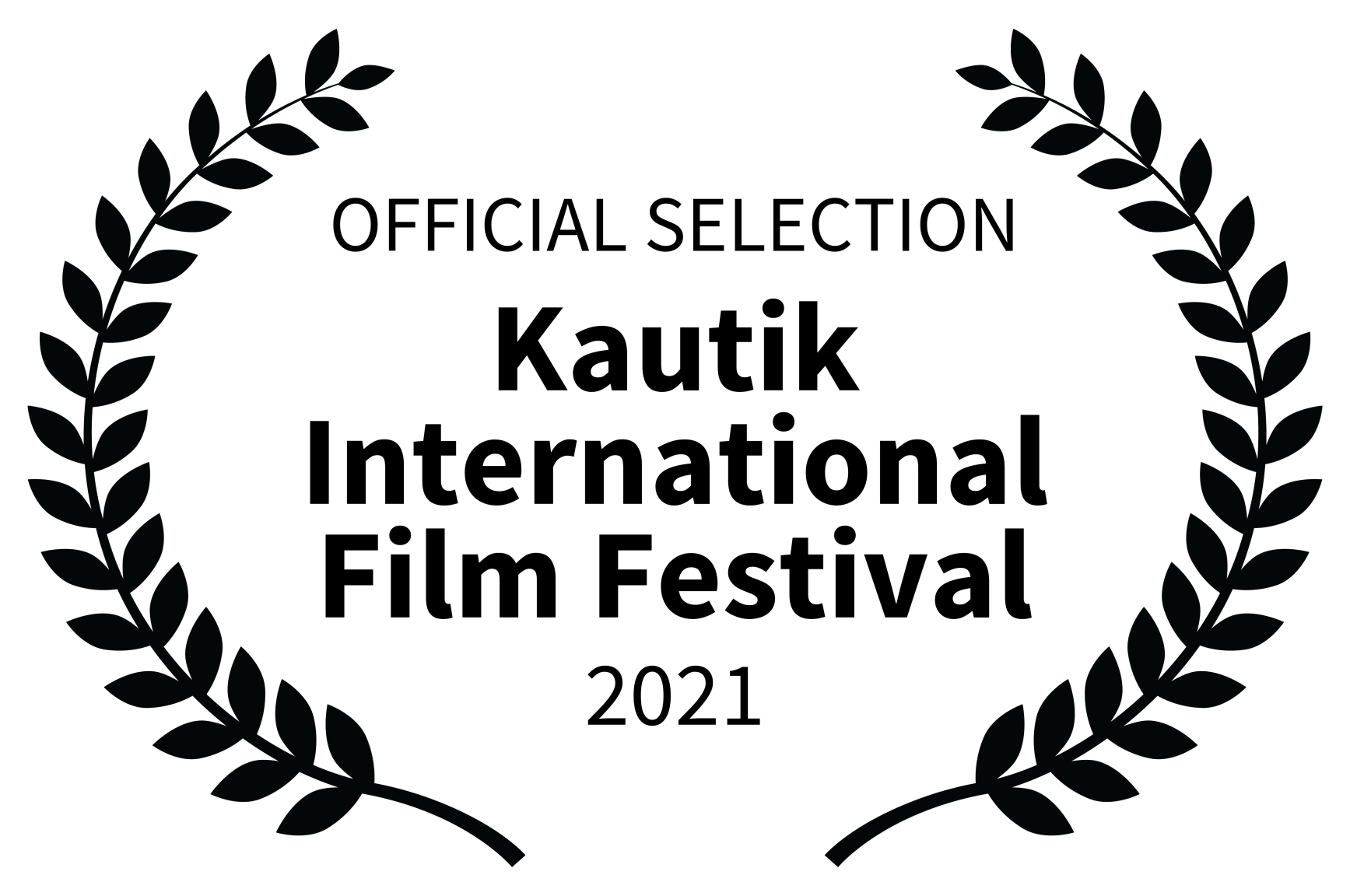

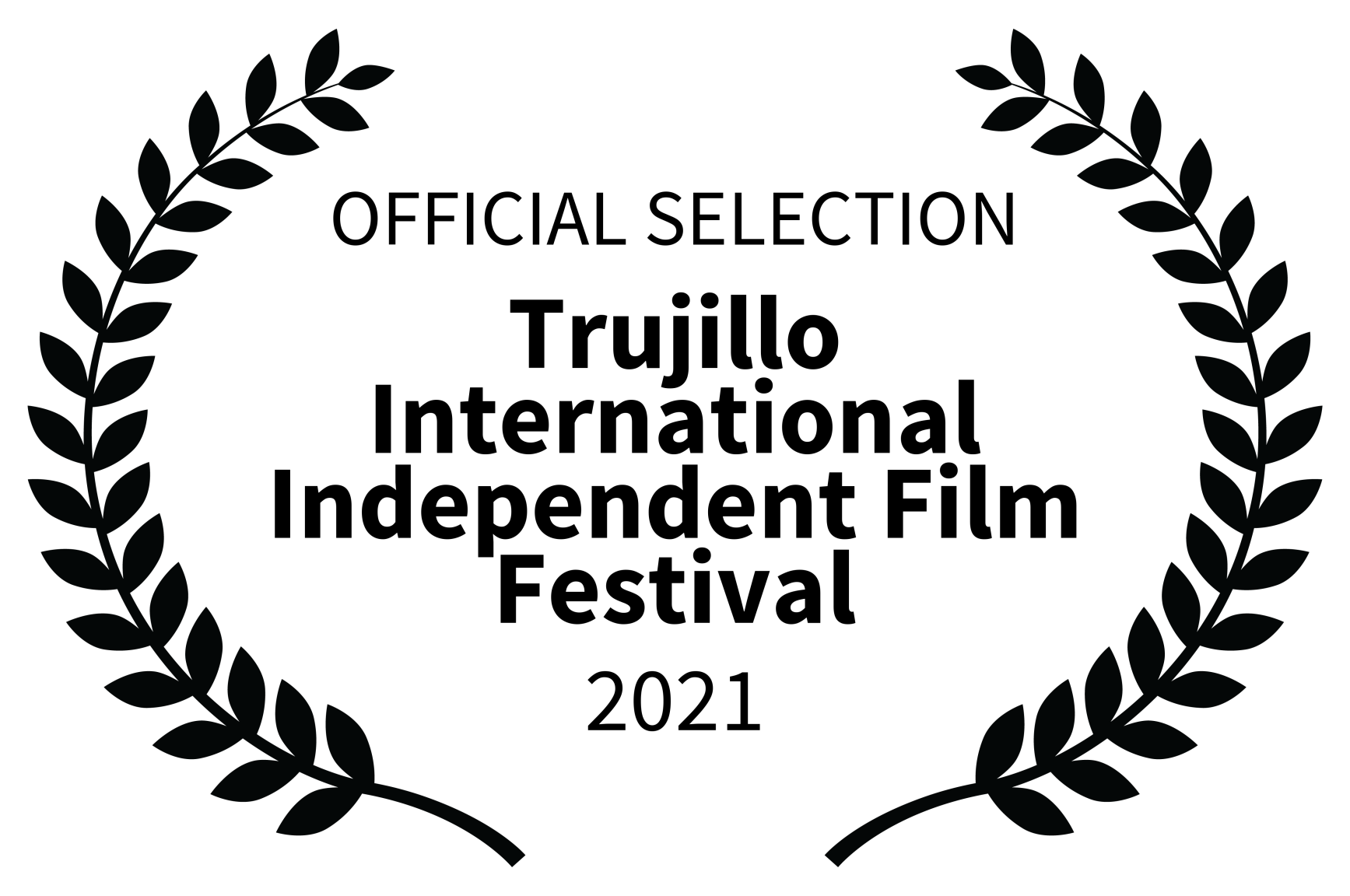
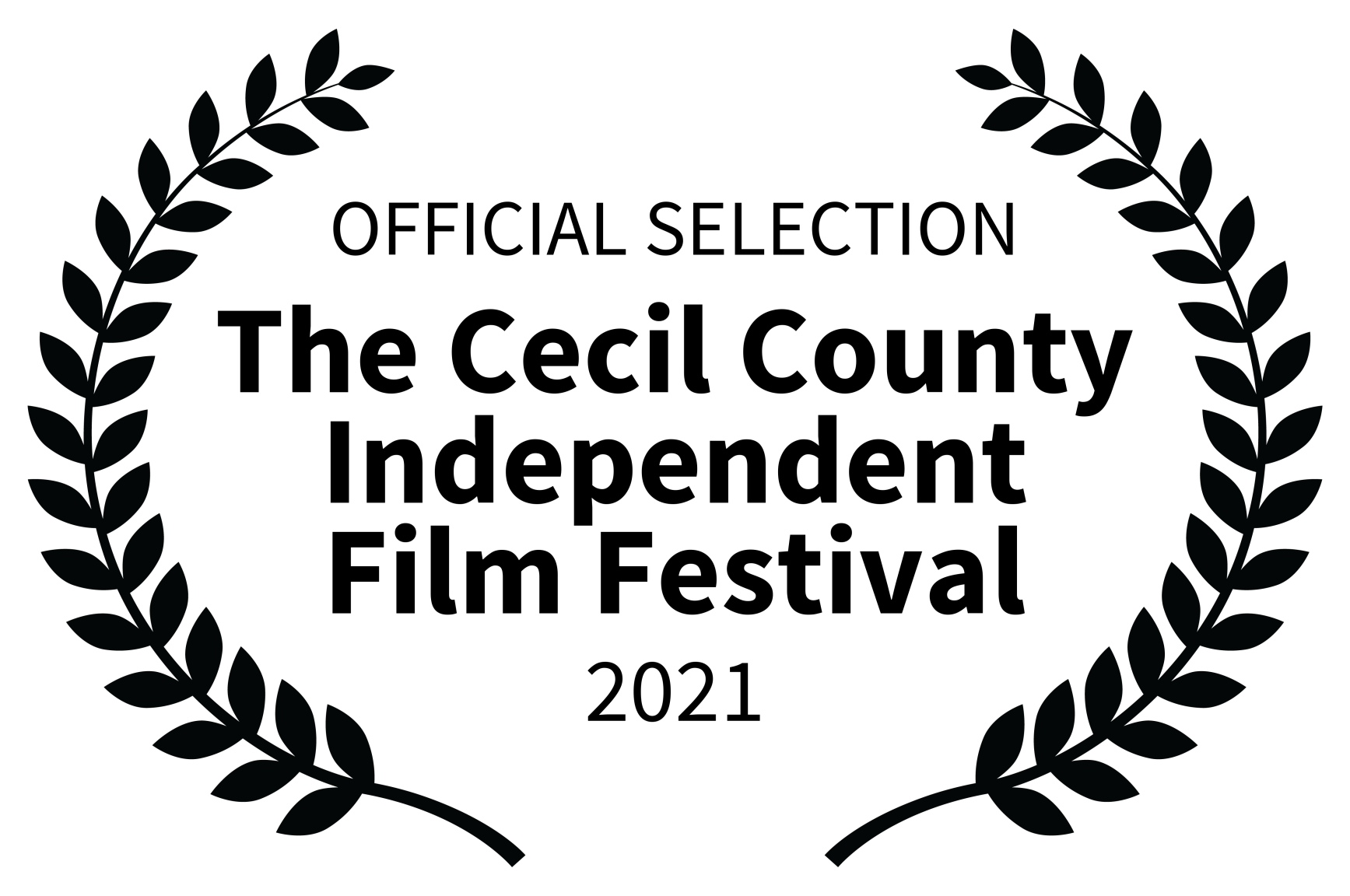

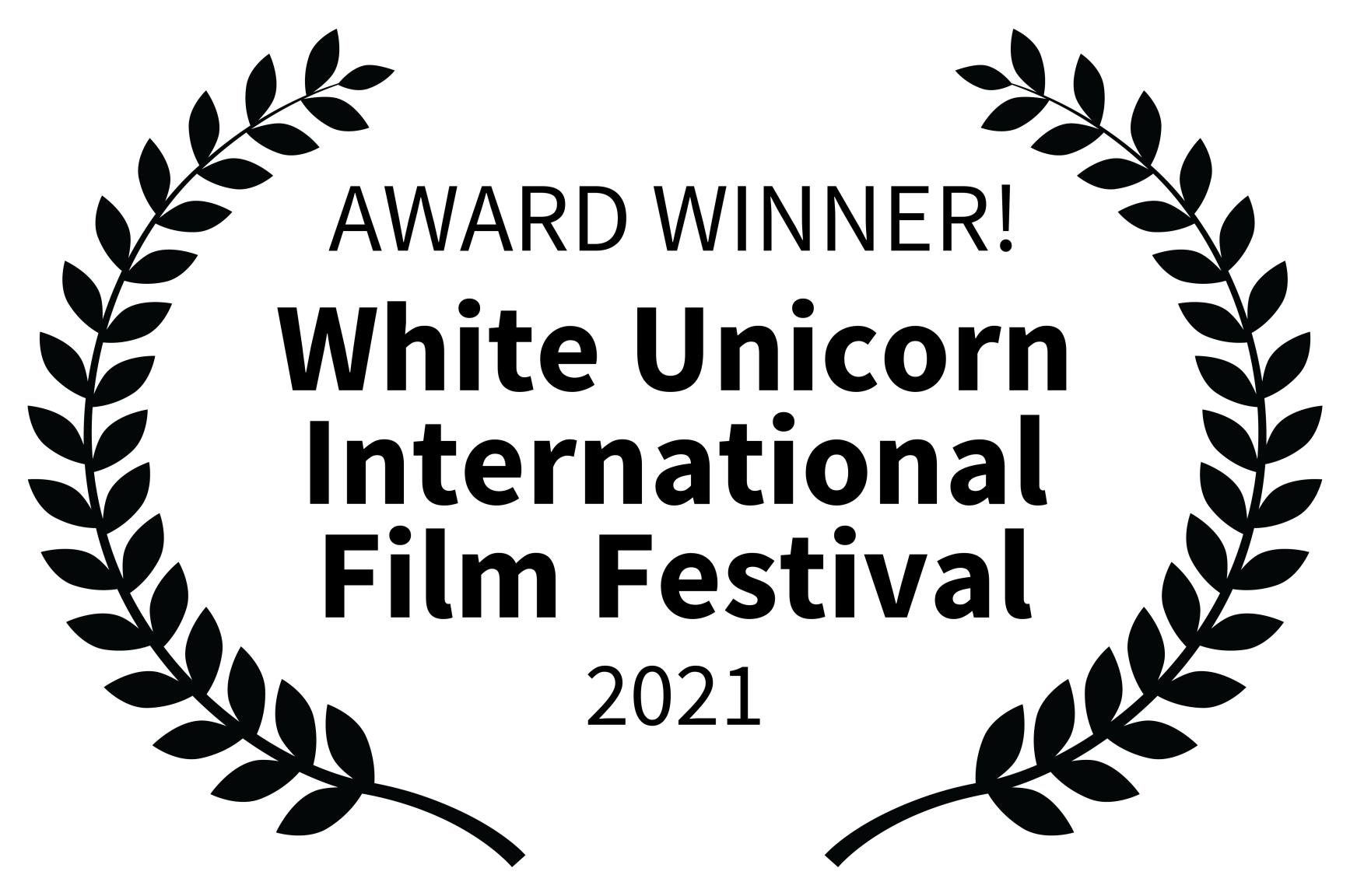
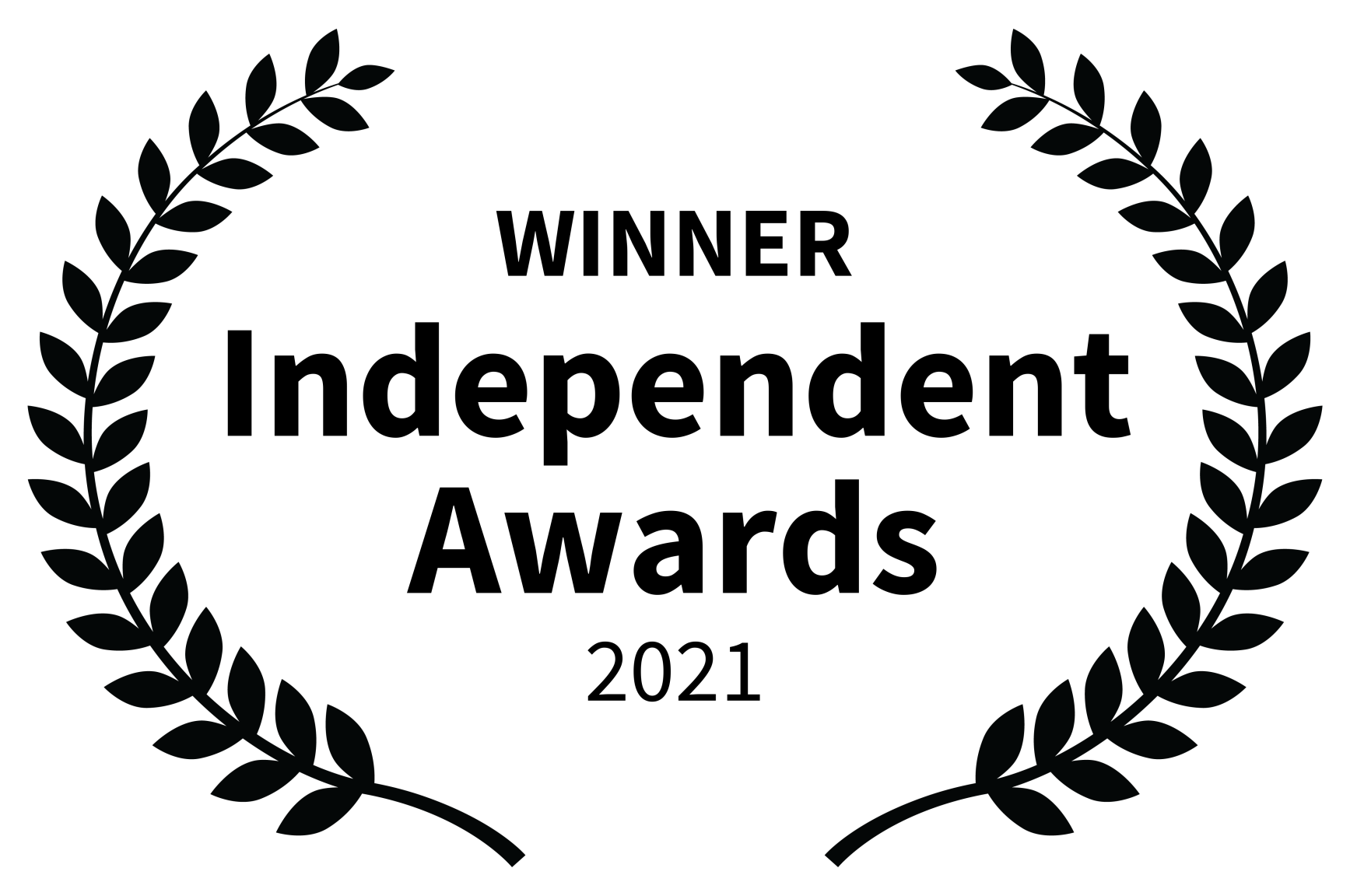
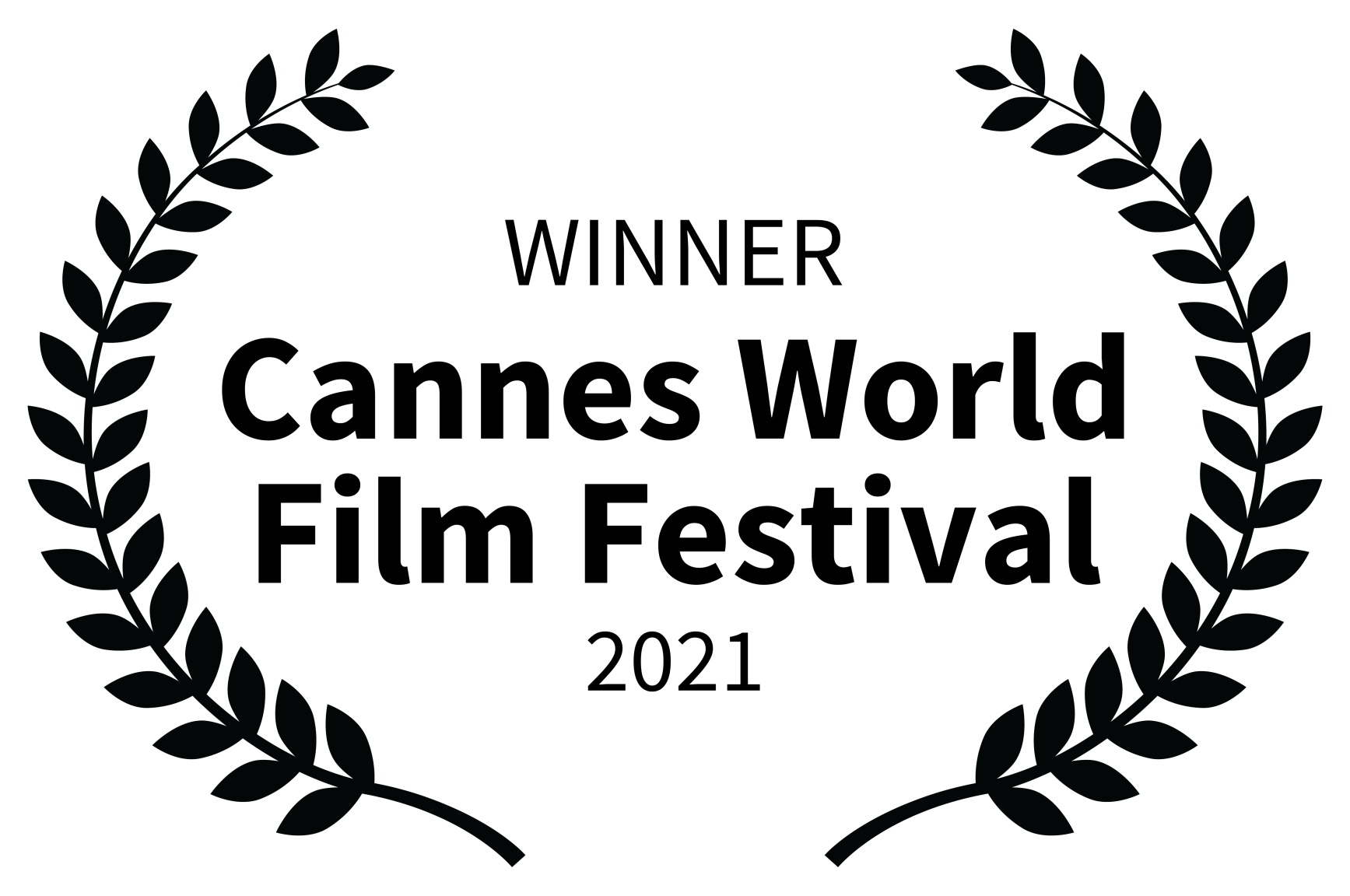
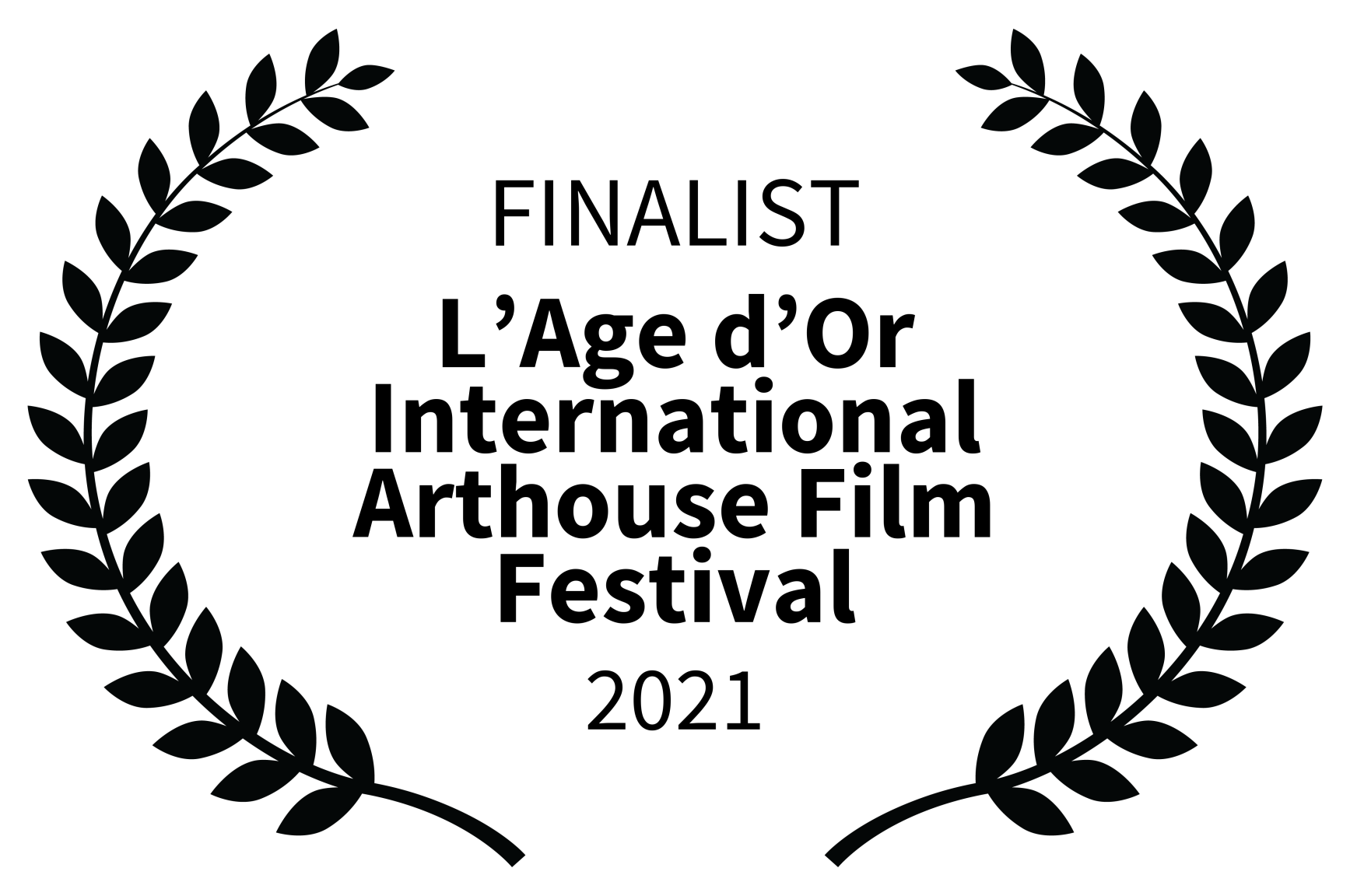
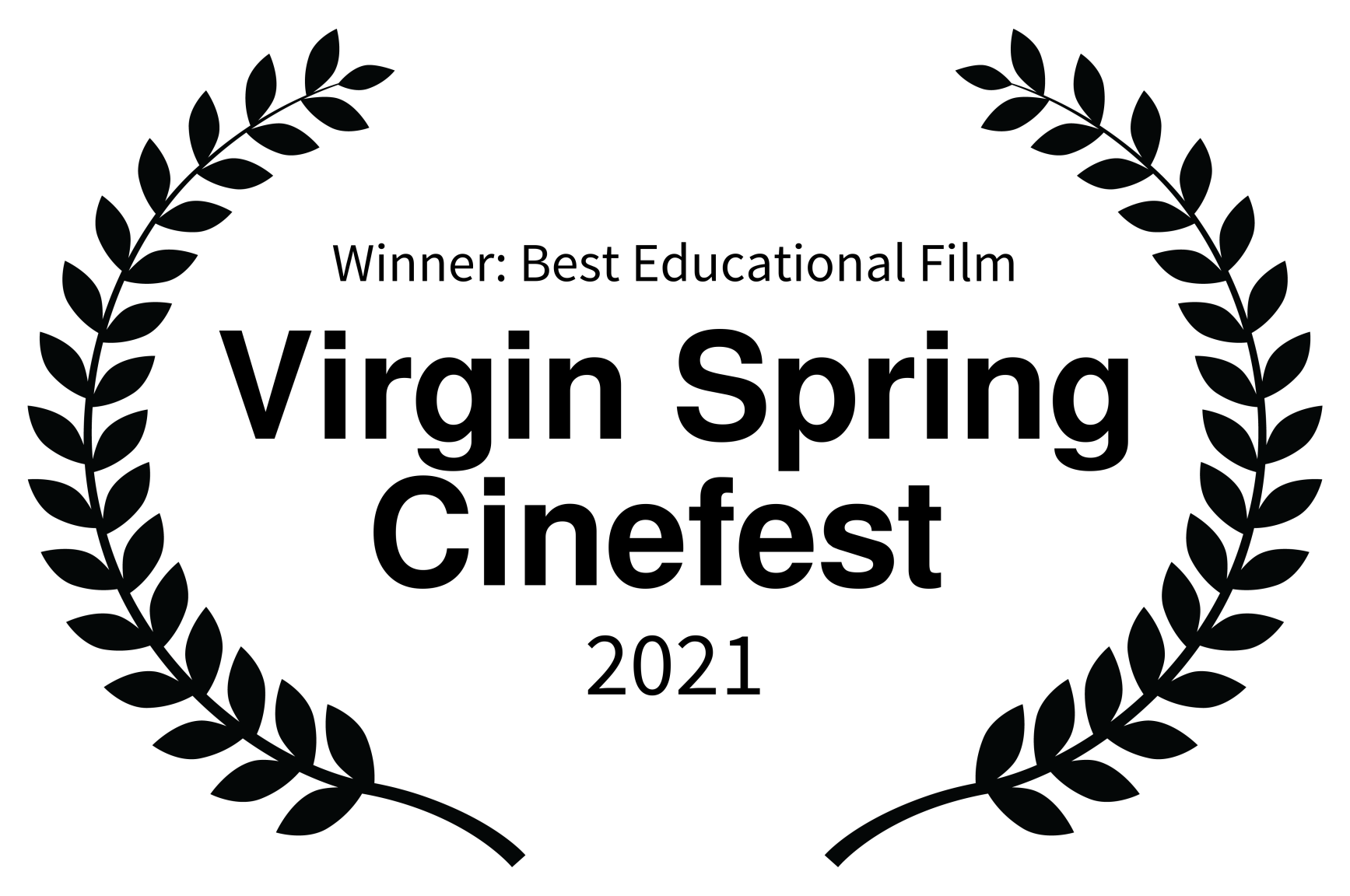
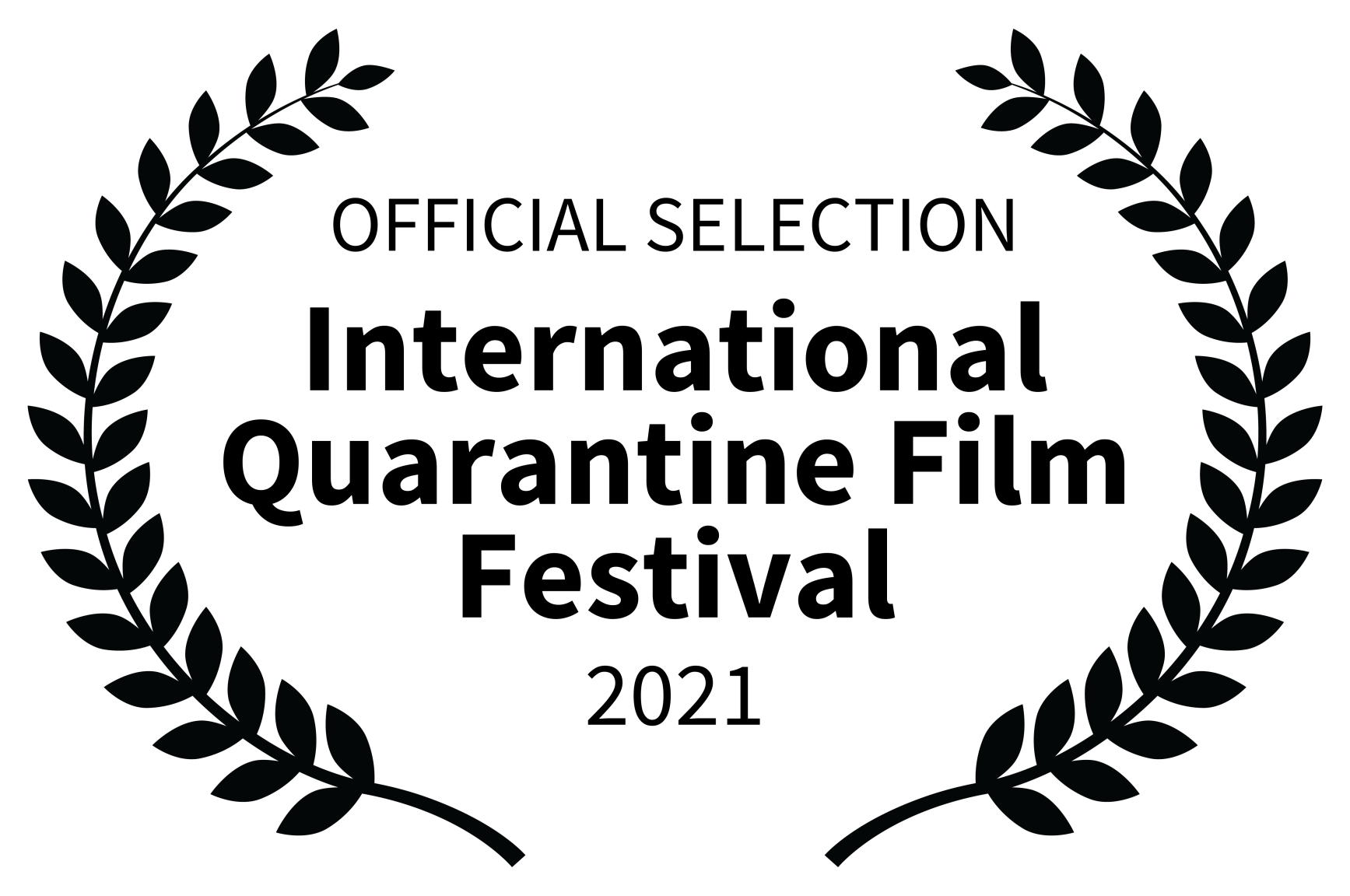
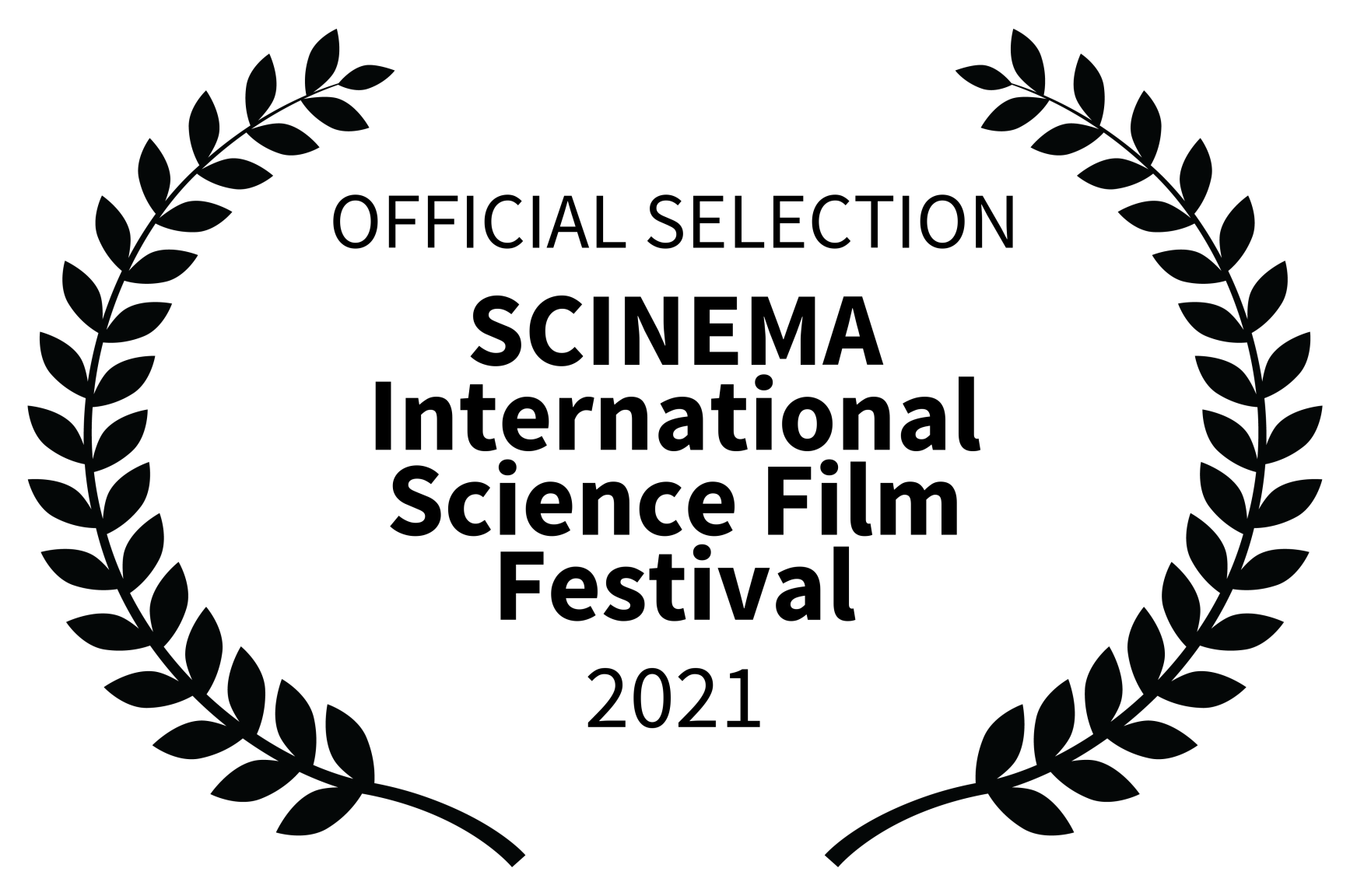
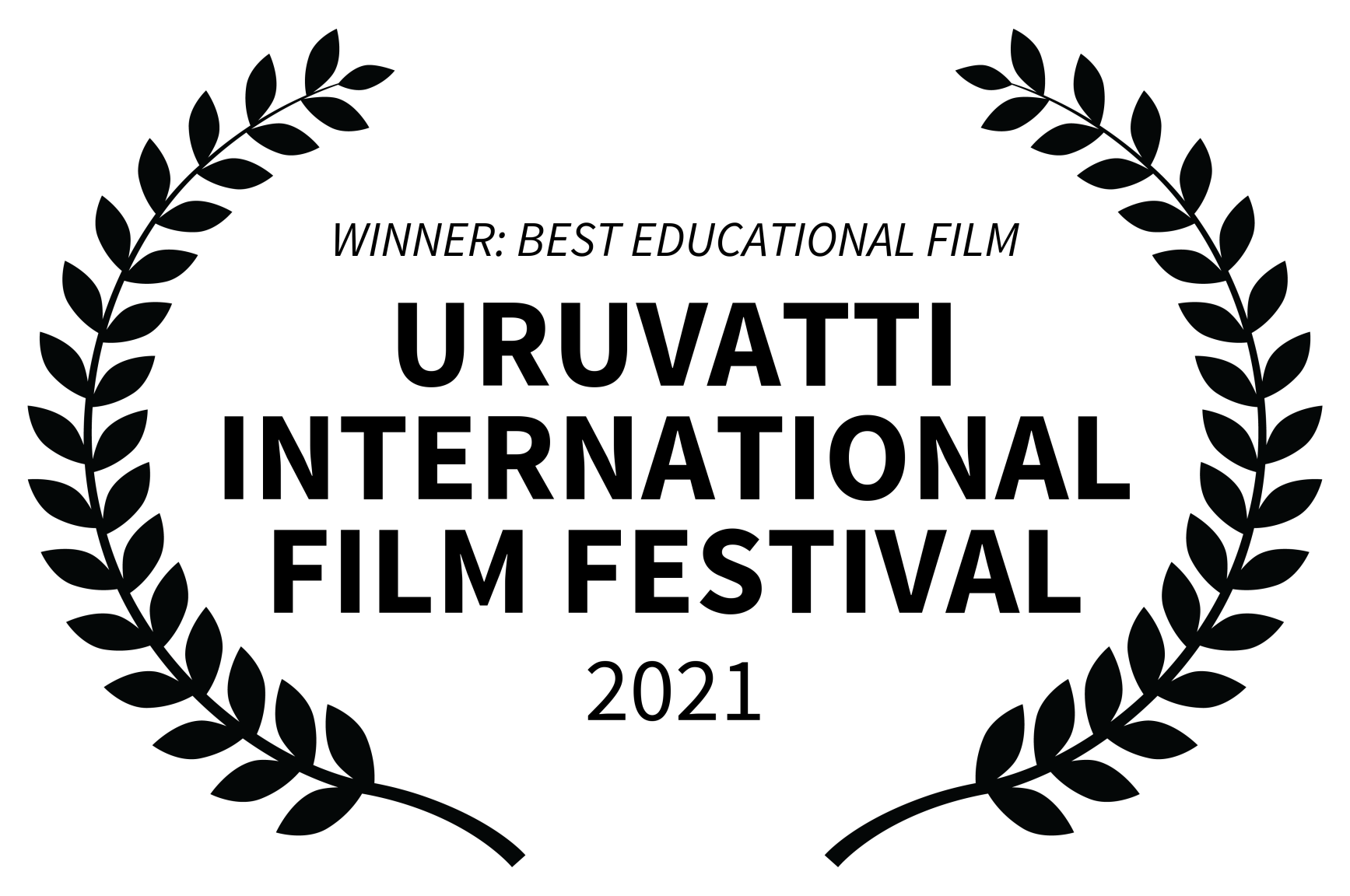
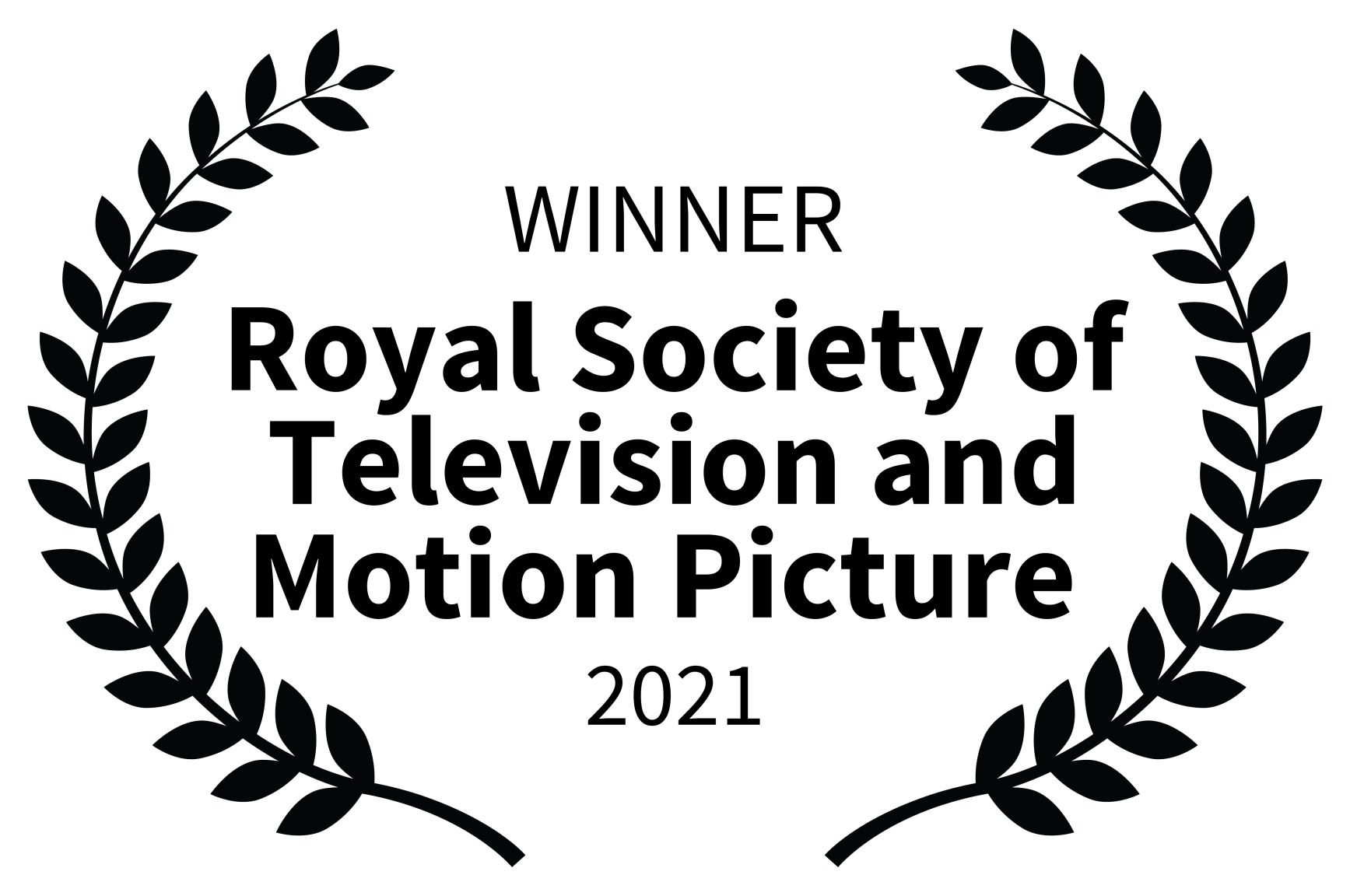

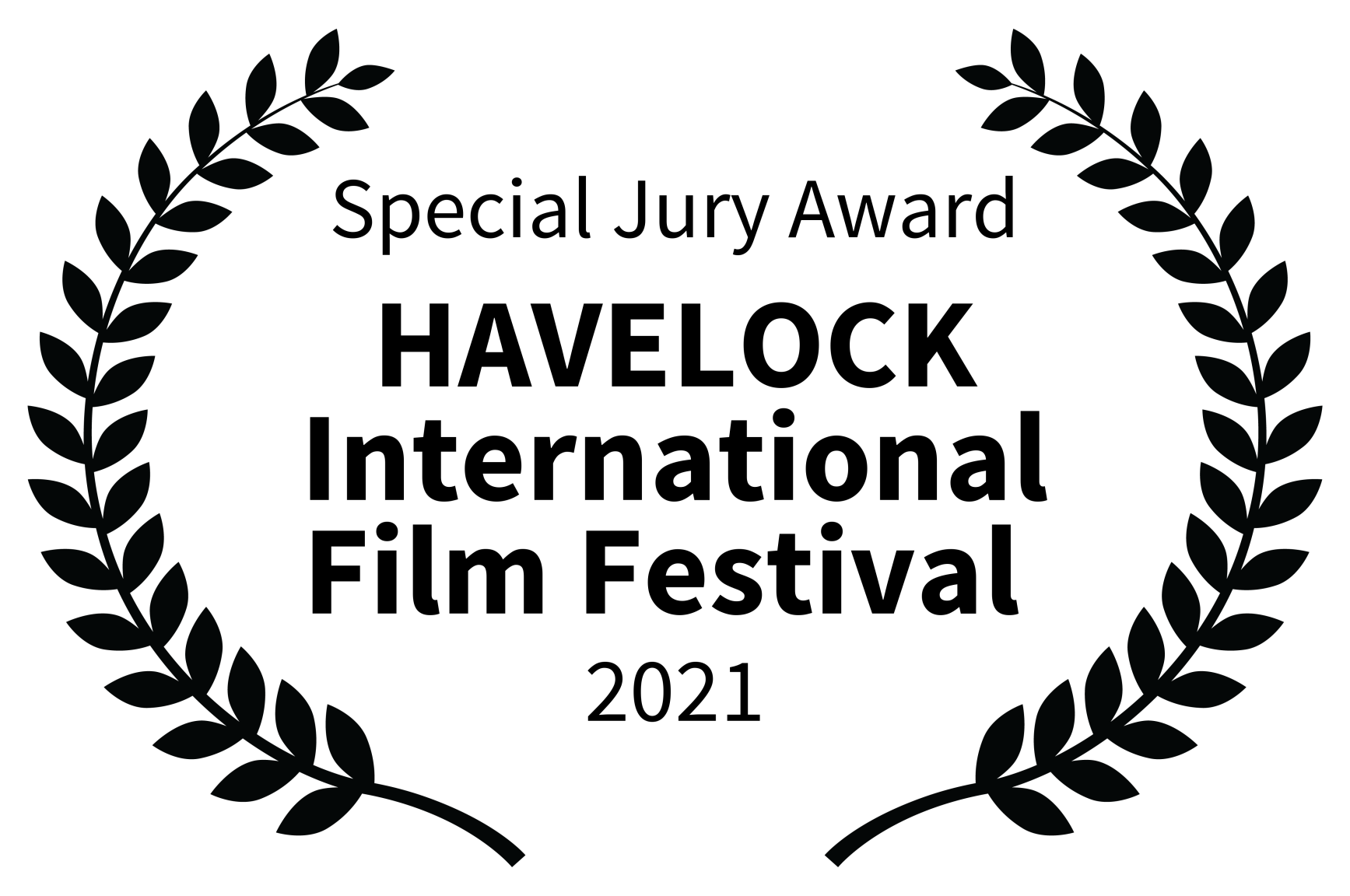
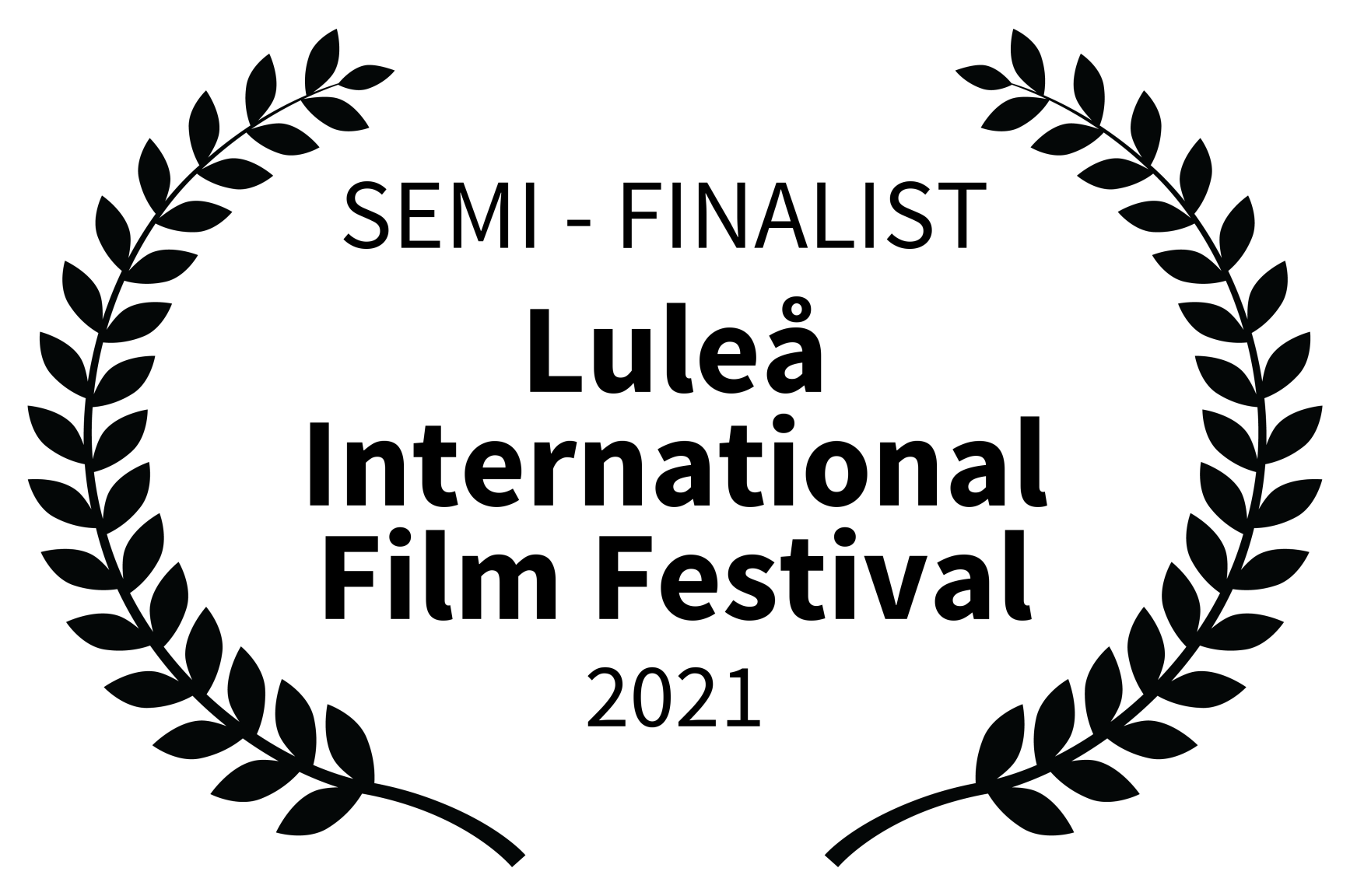
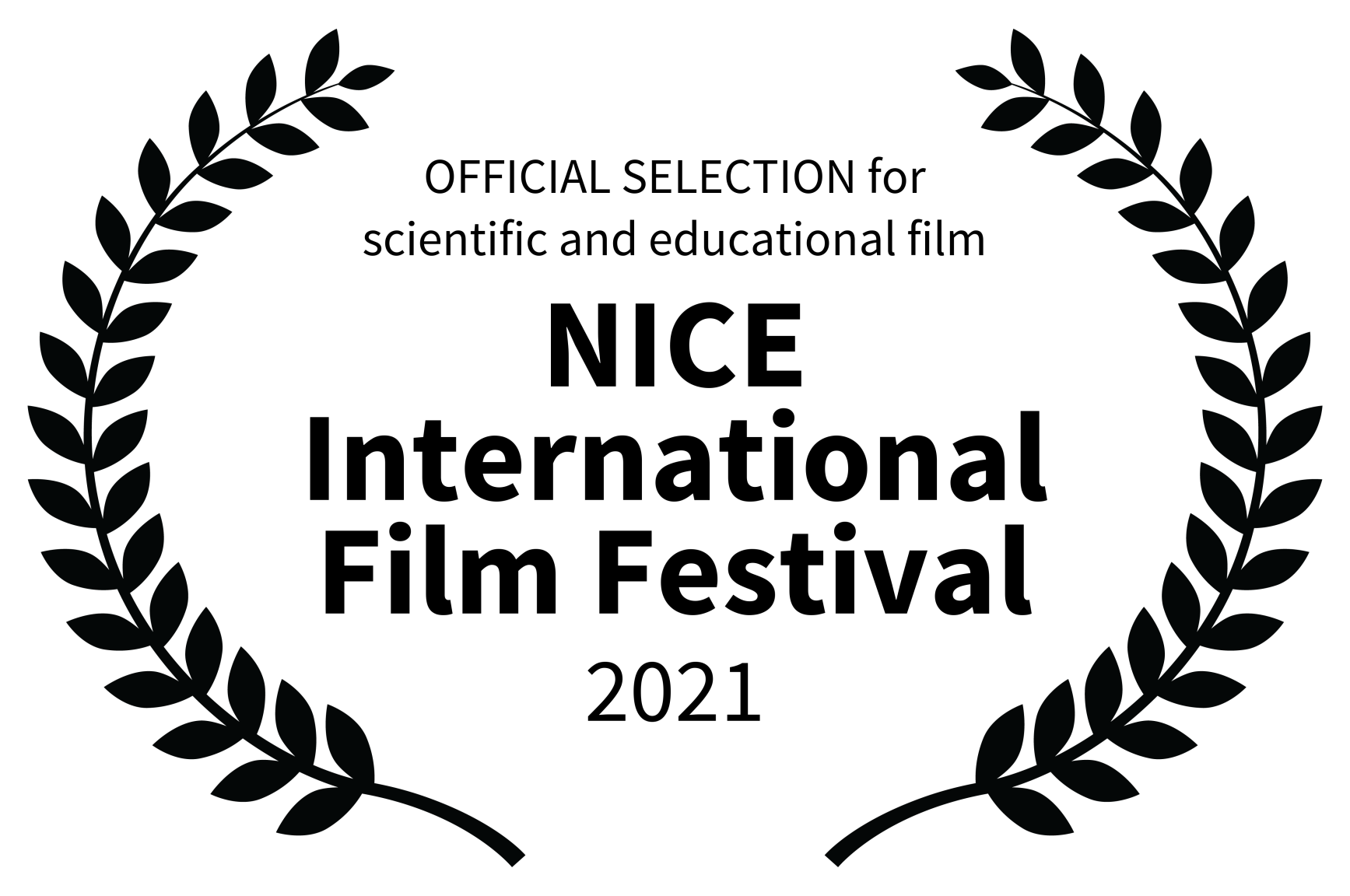
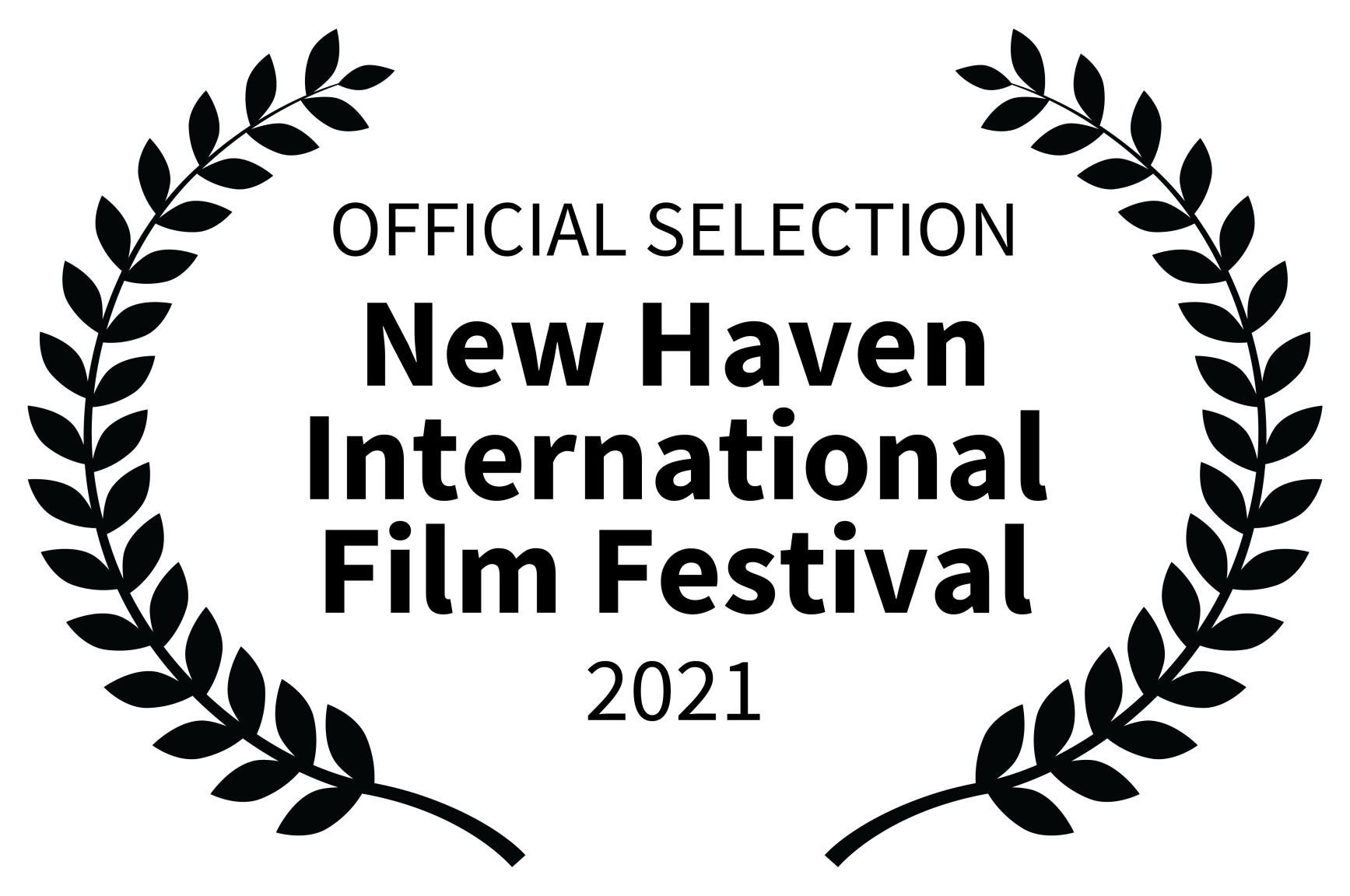
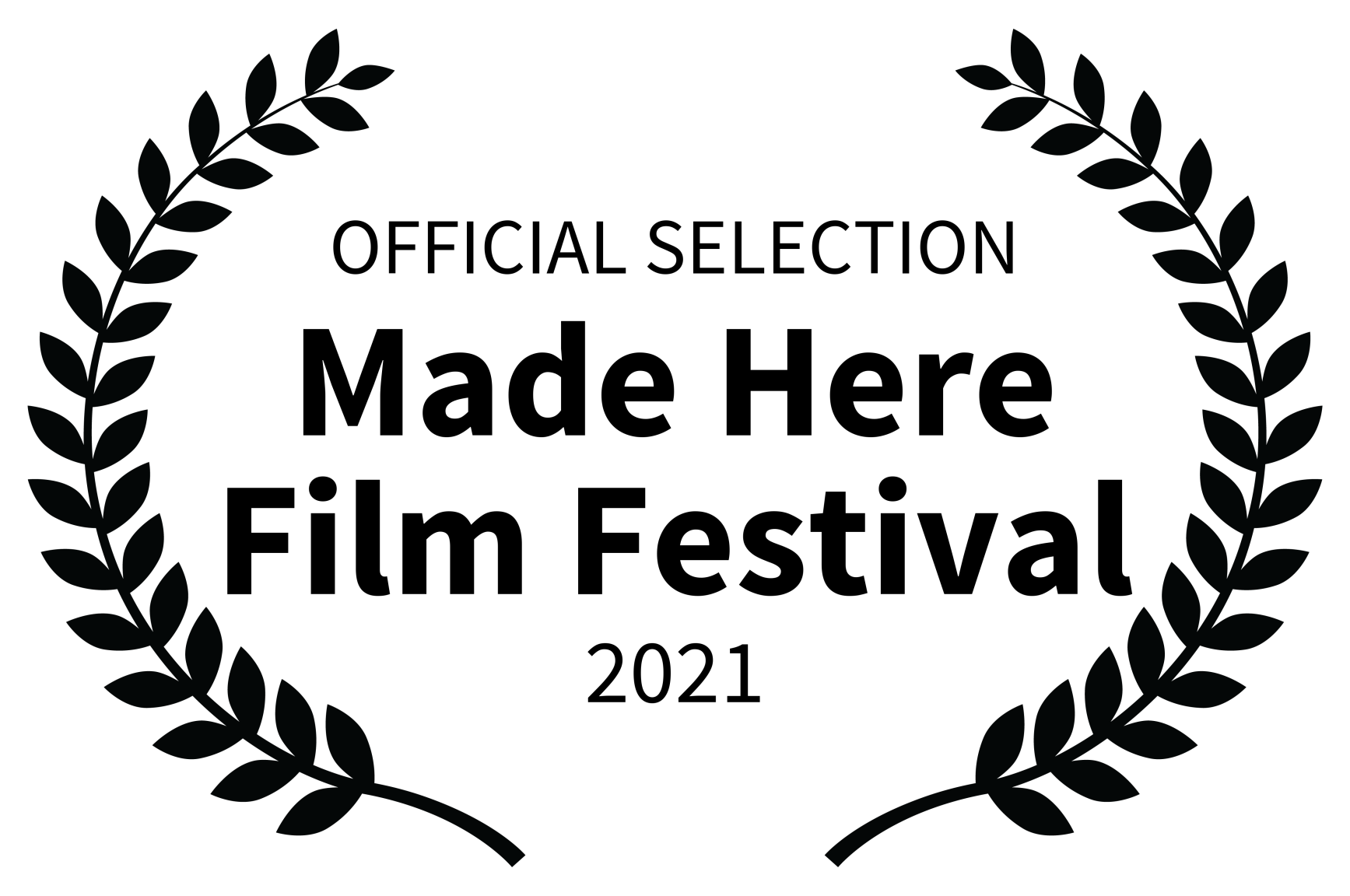
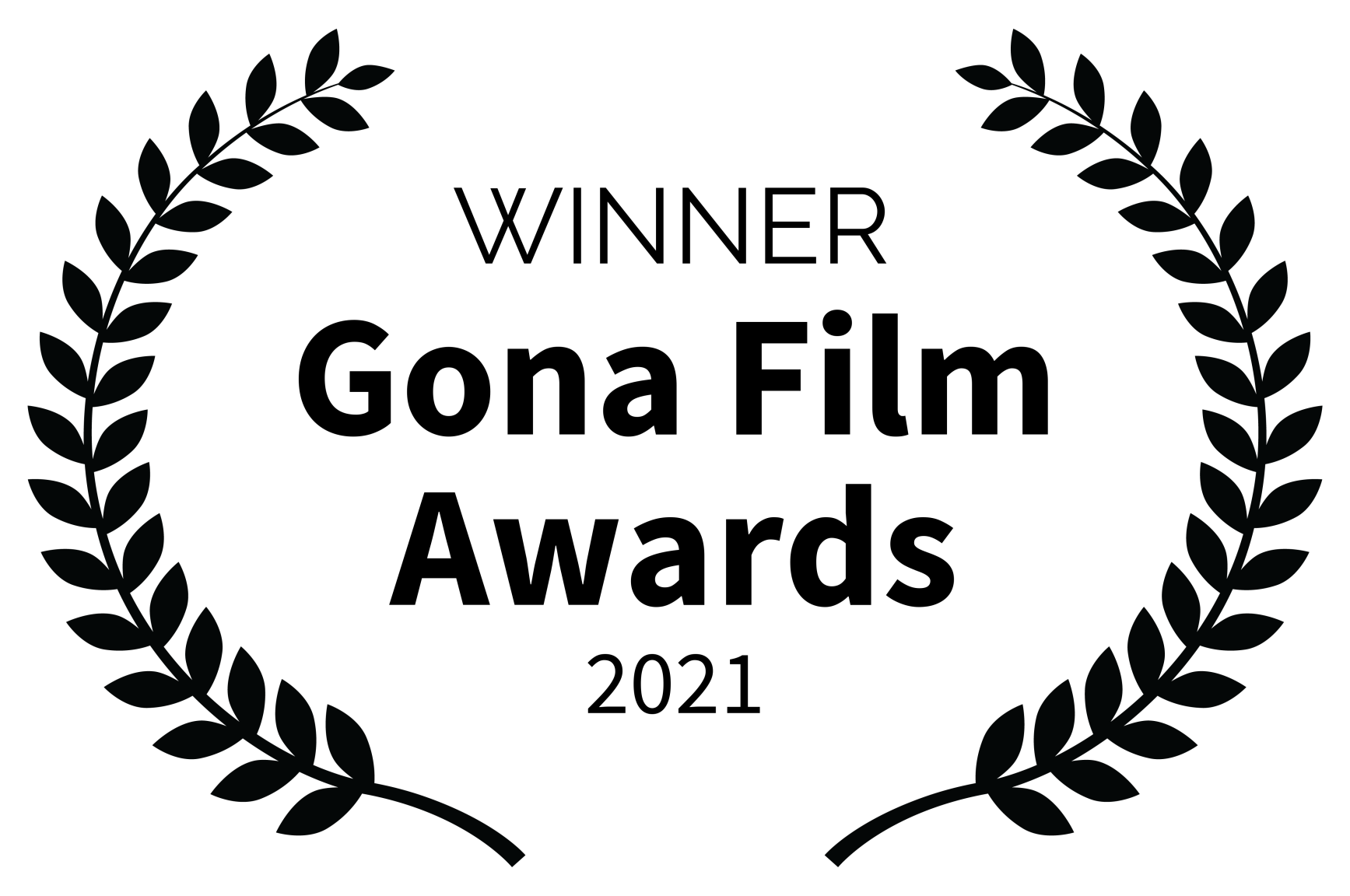
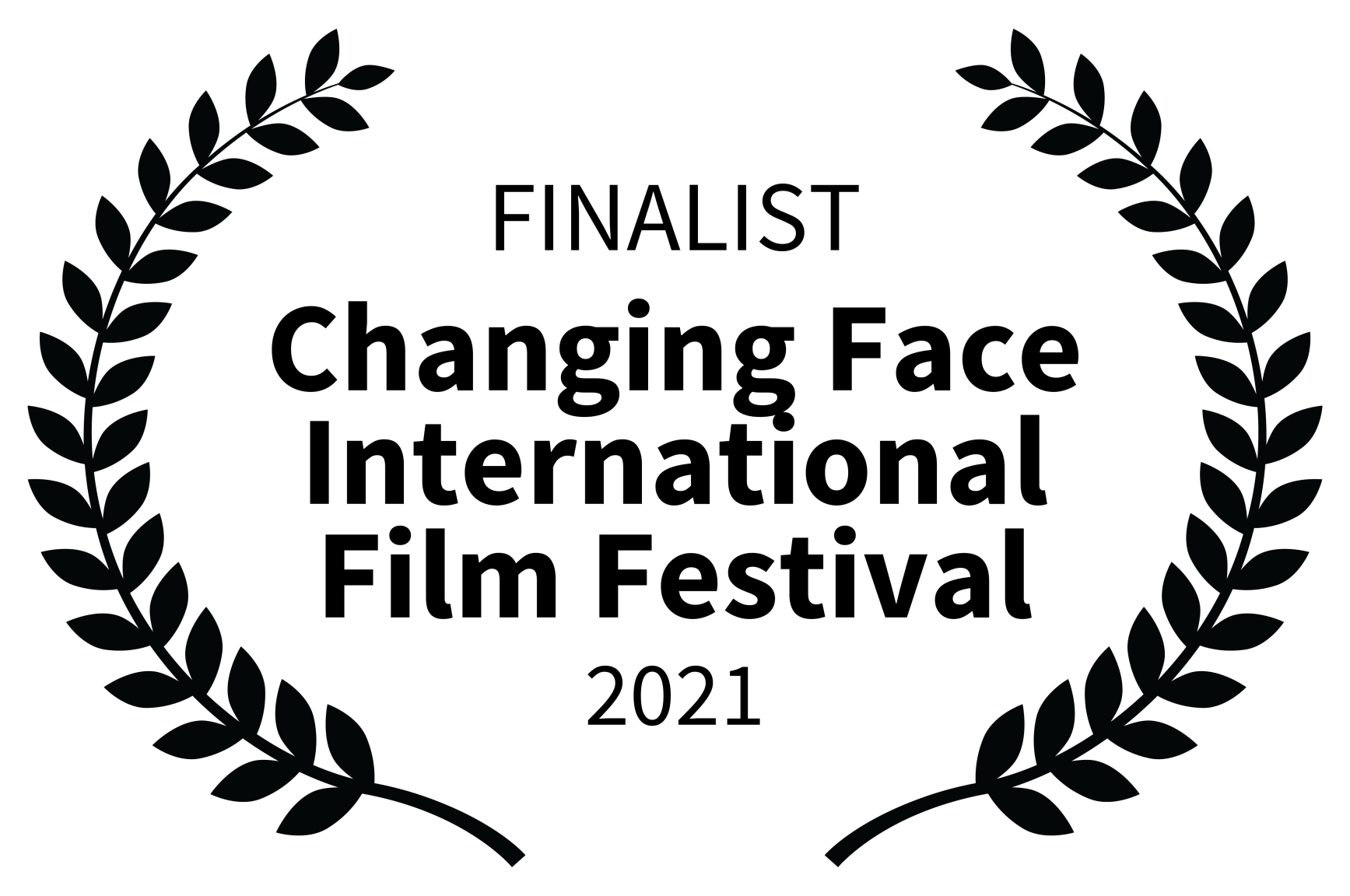
The Story of Ebola – Awards and Official Selections
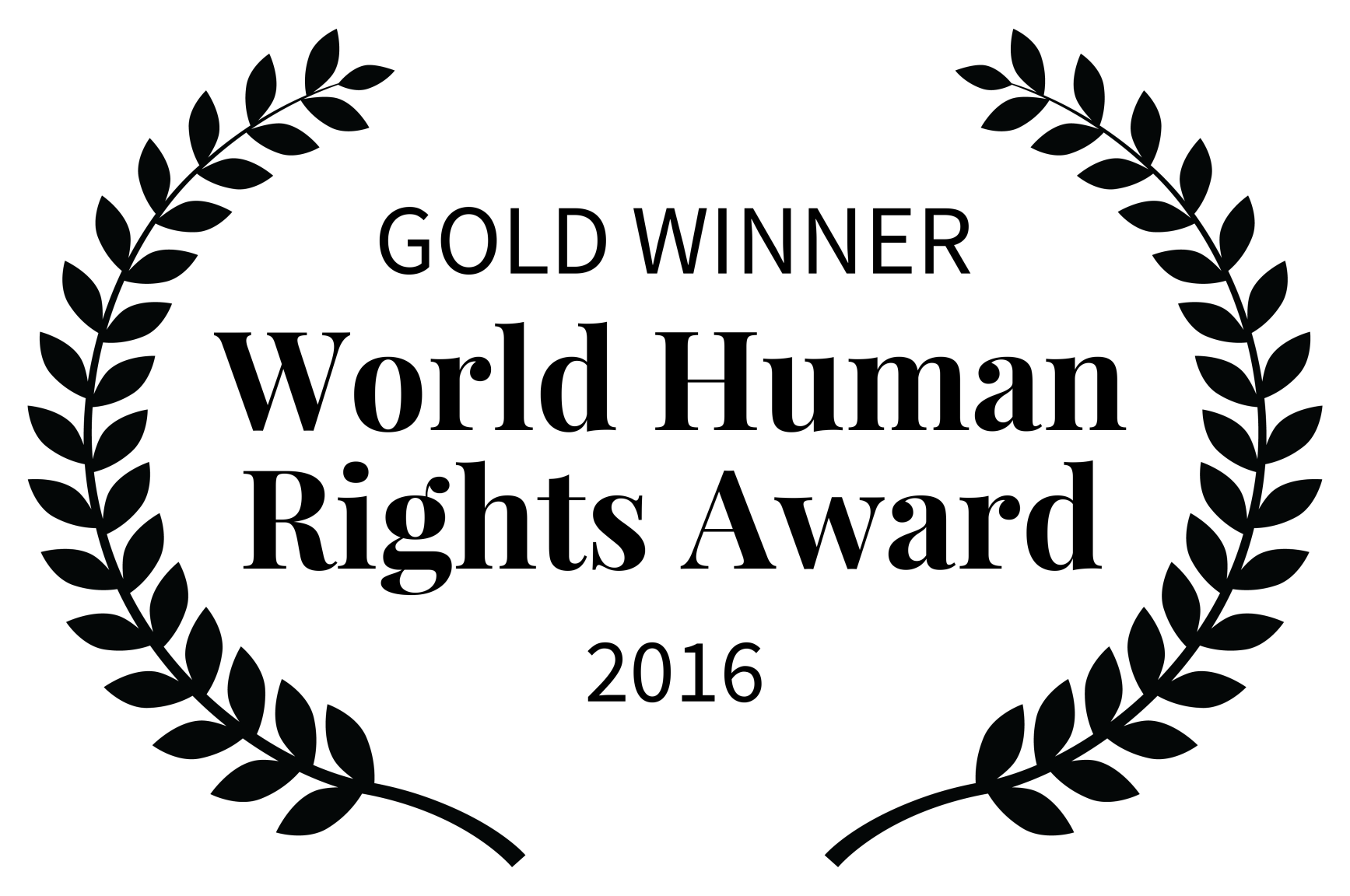
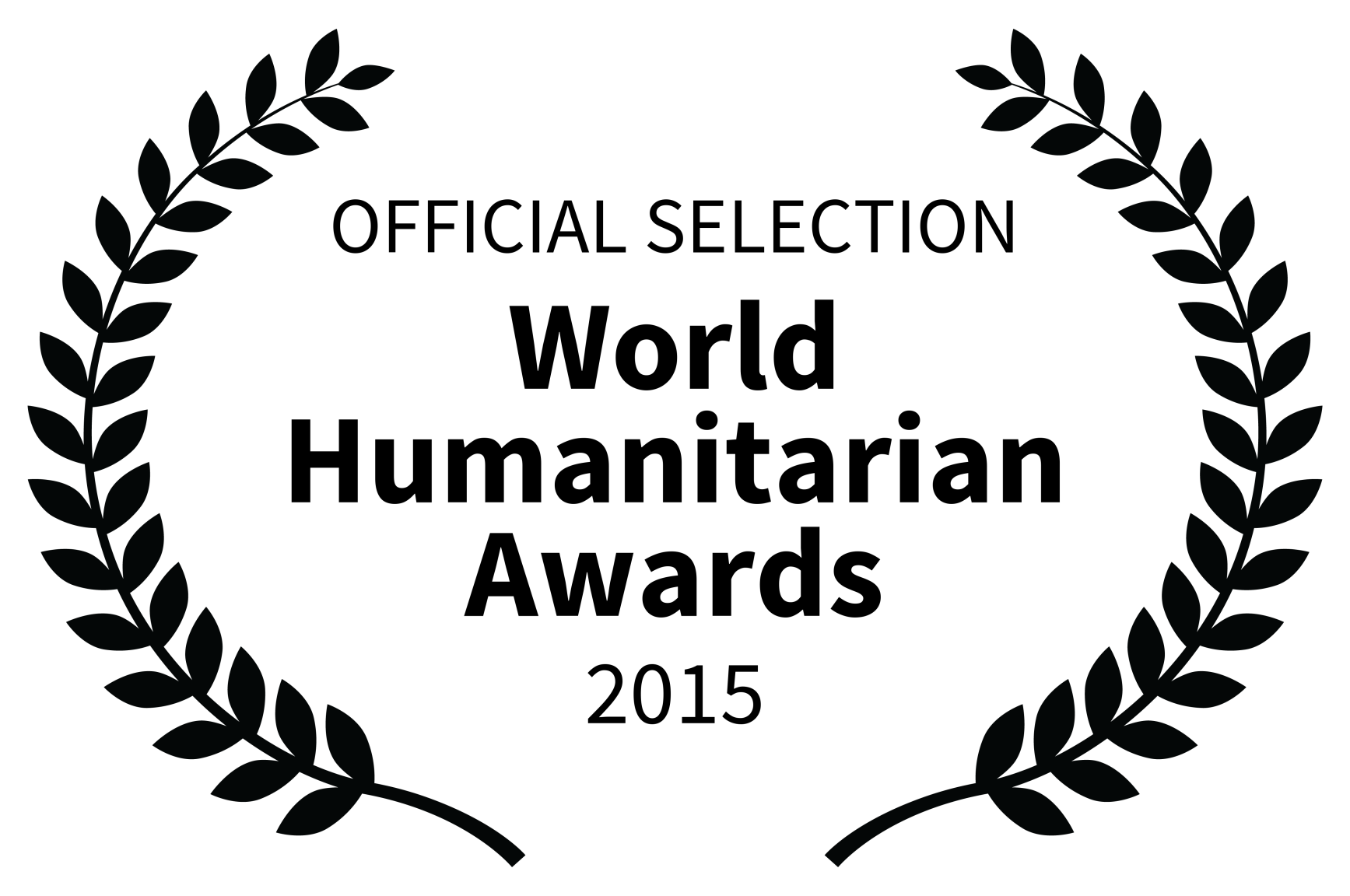


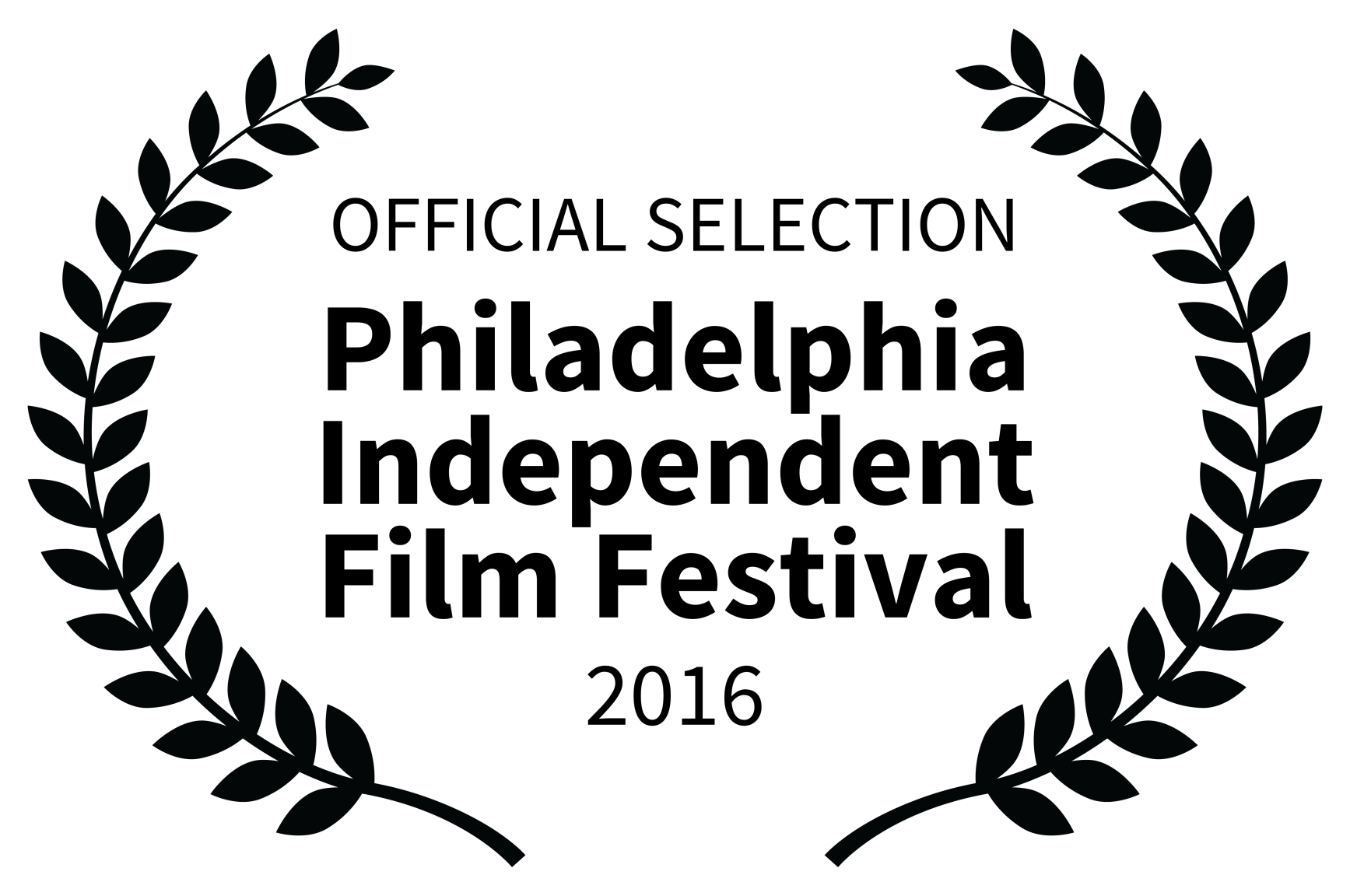
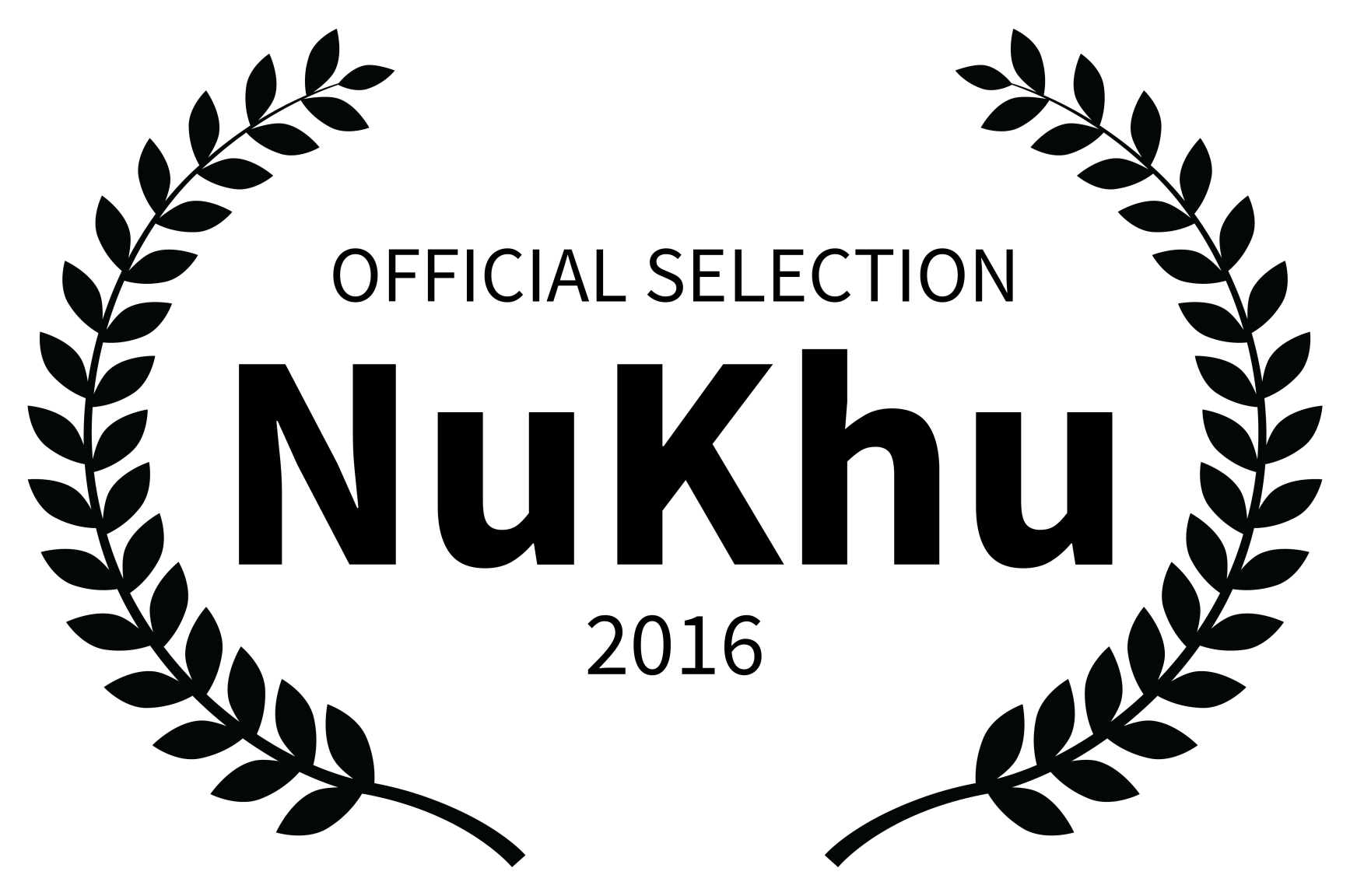
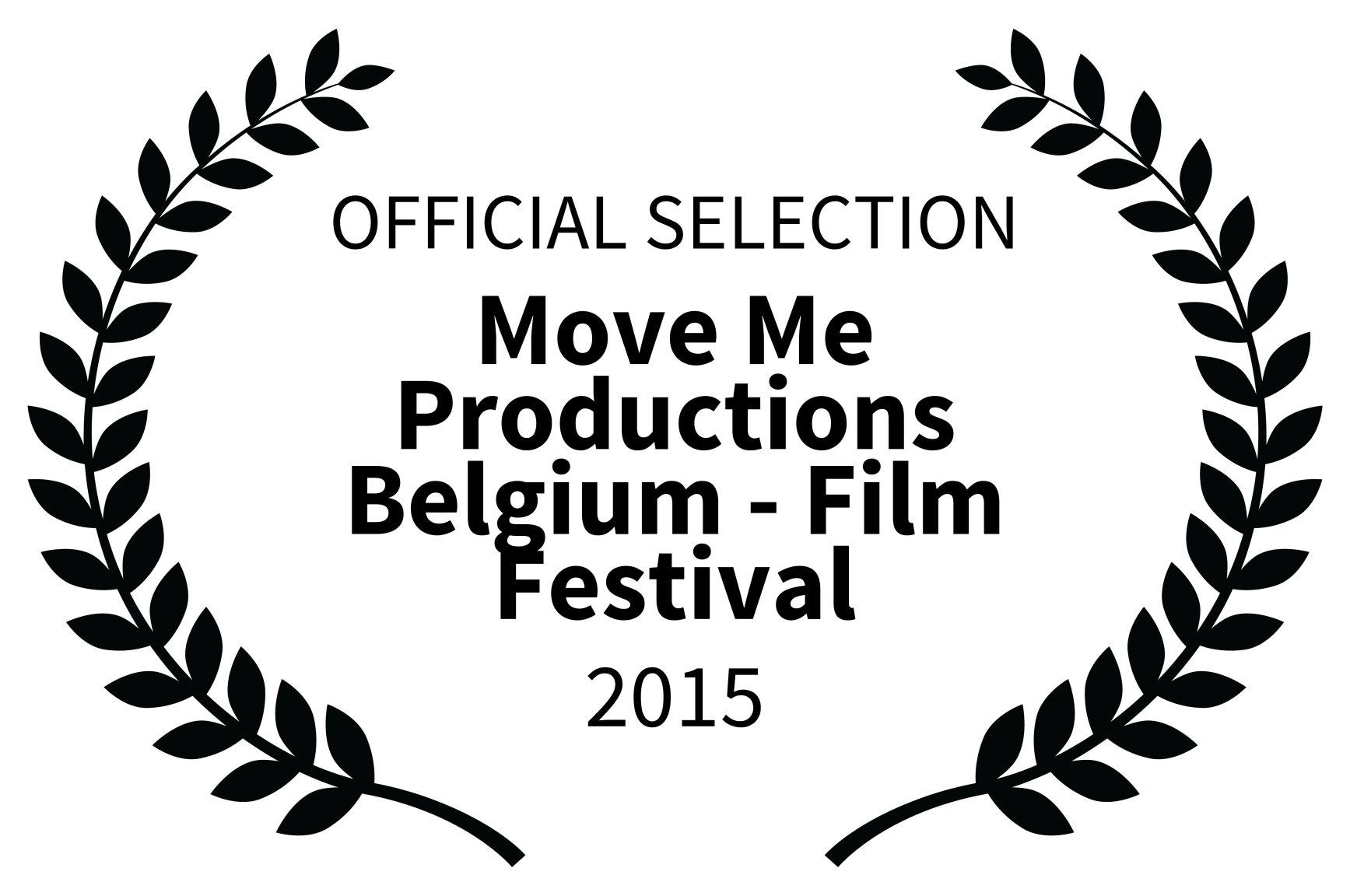
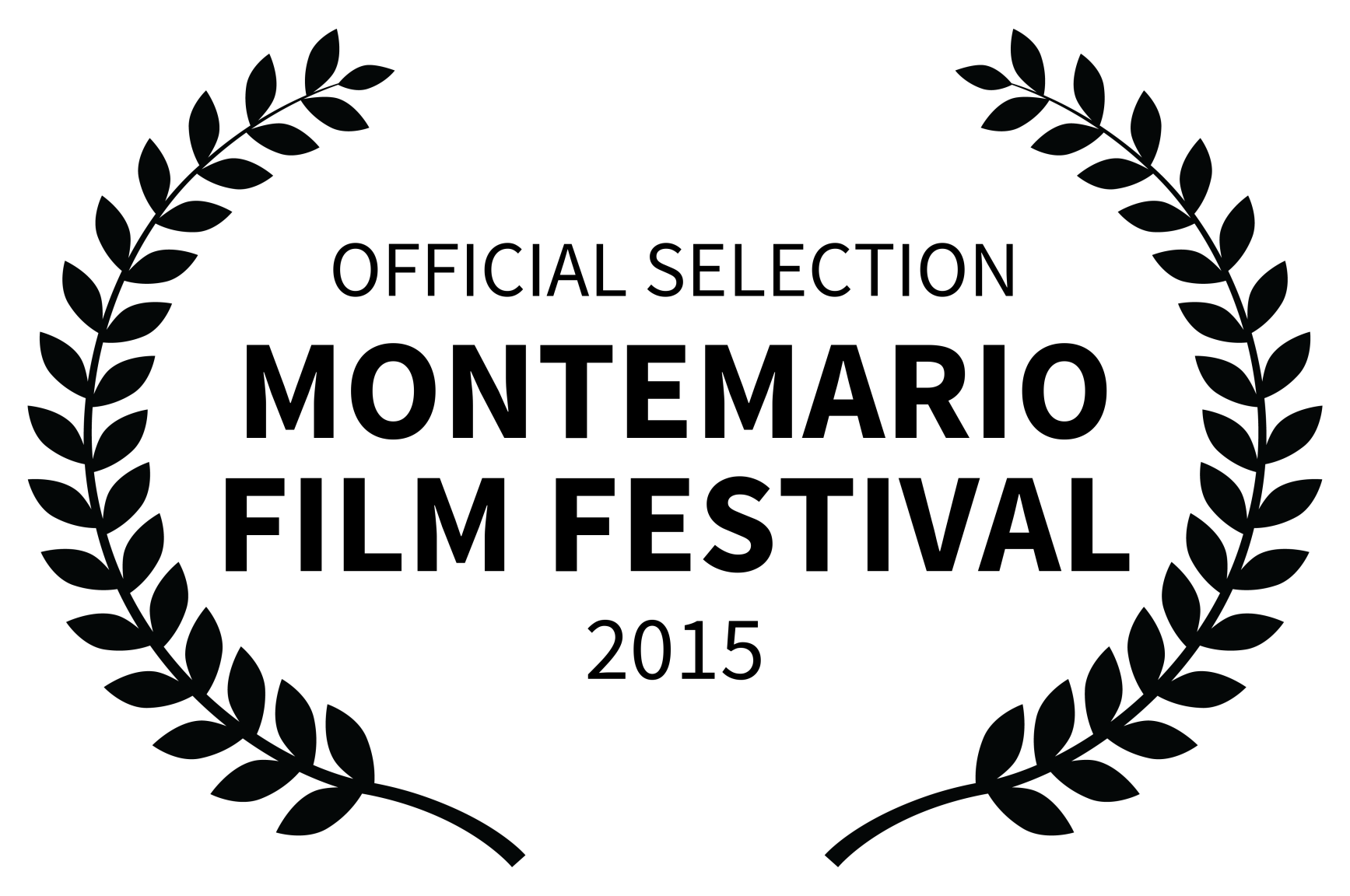
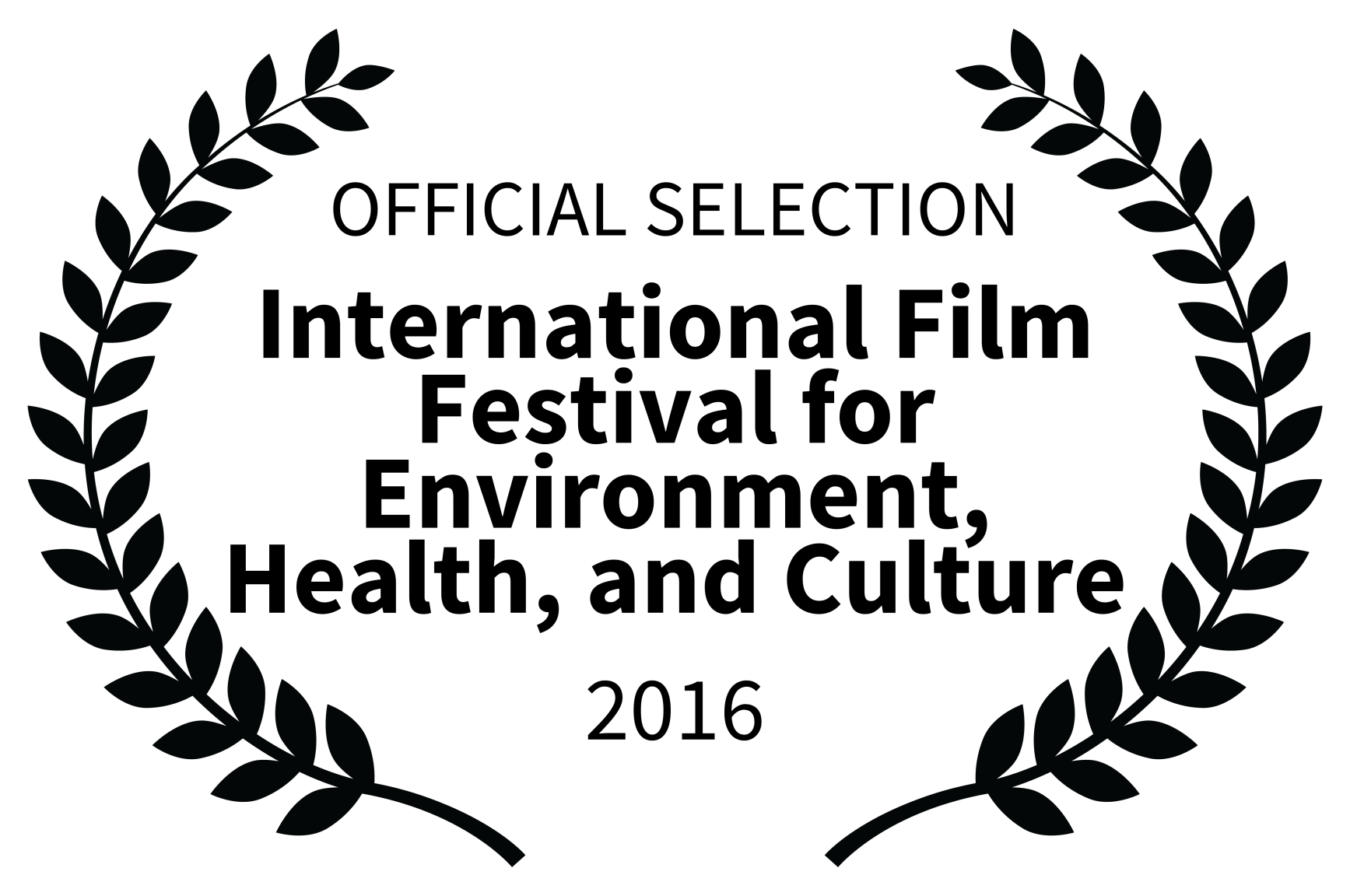
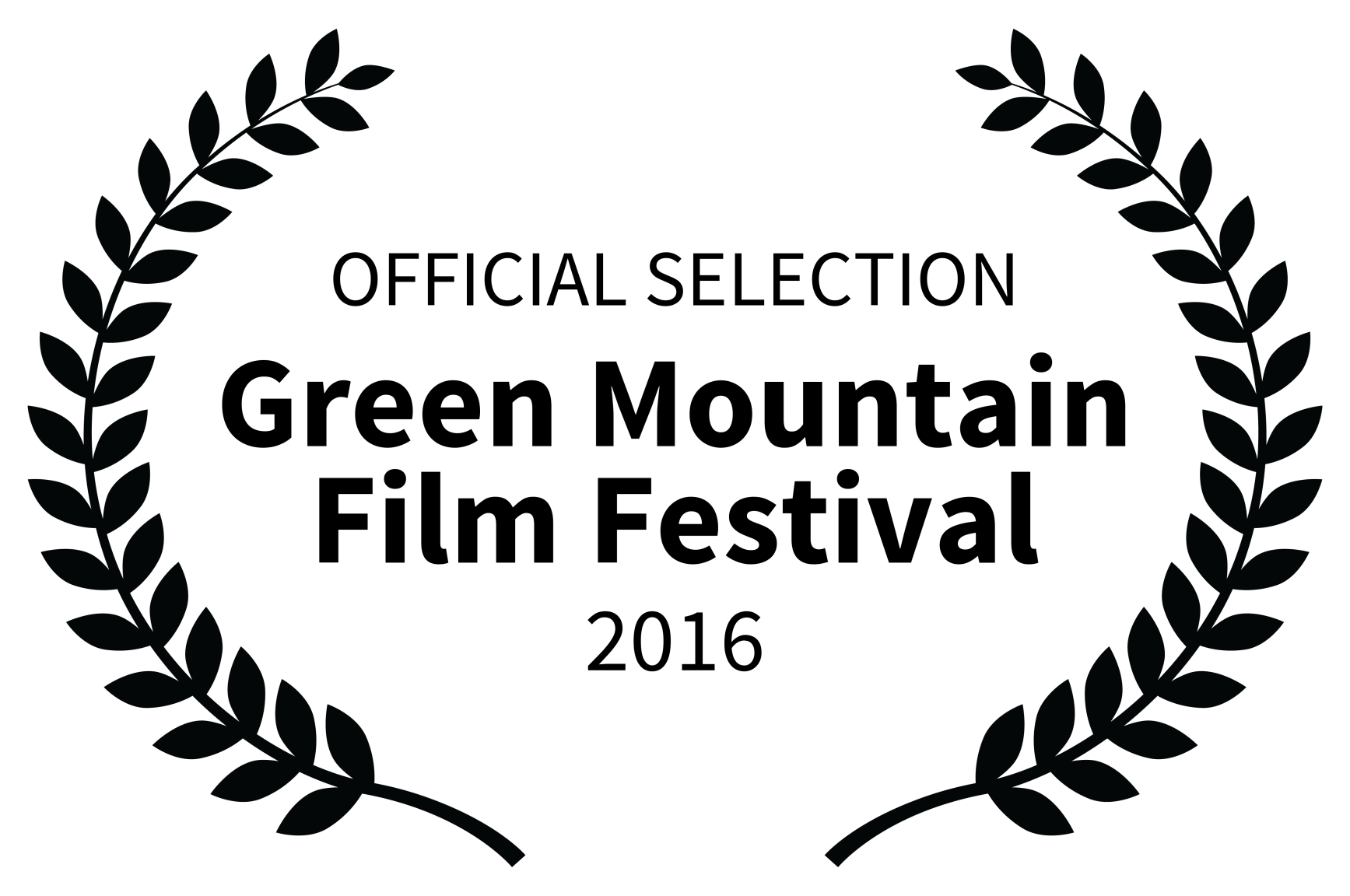



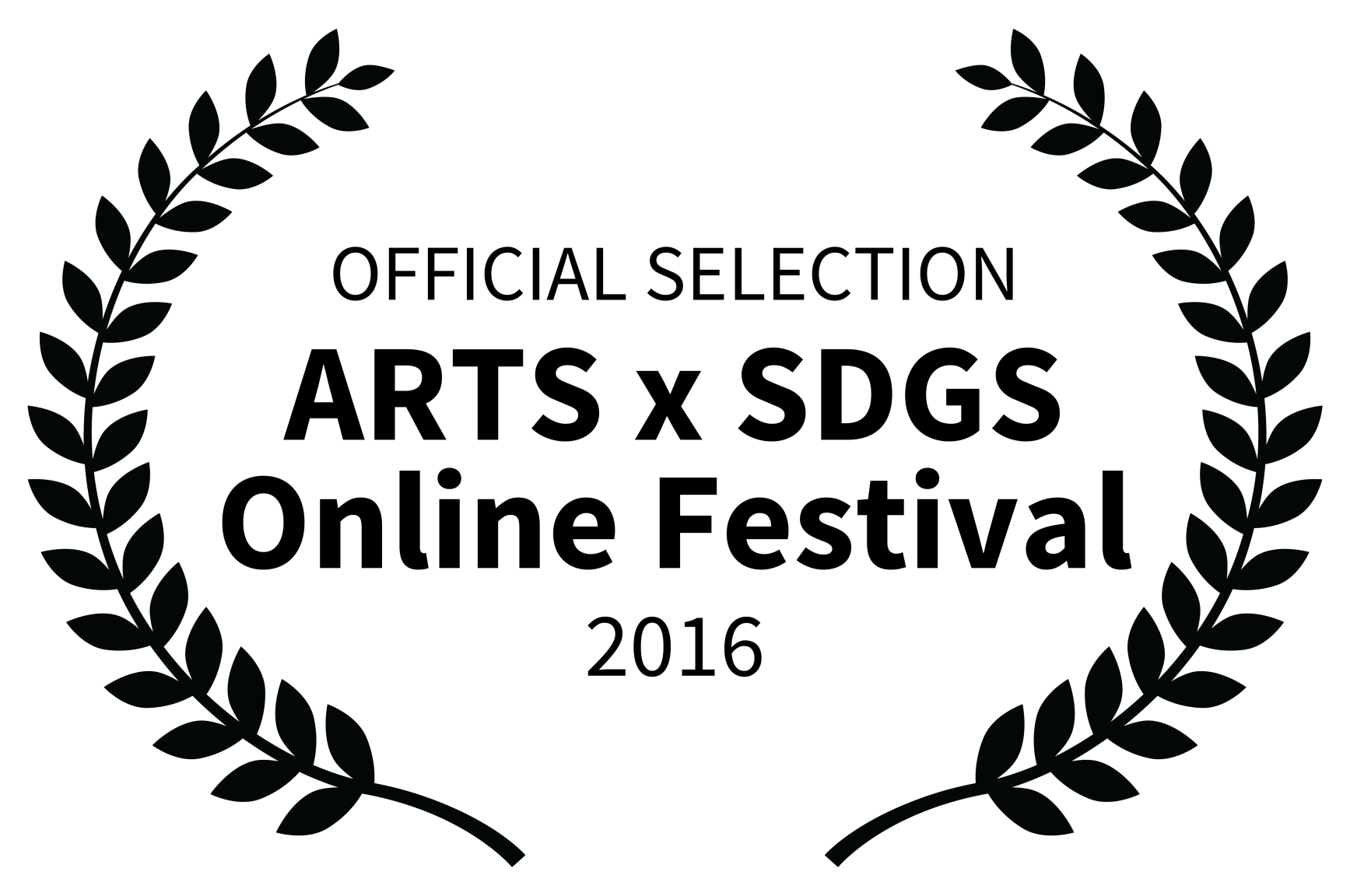
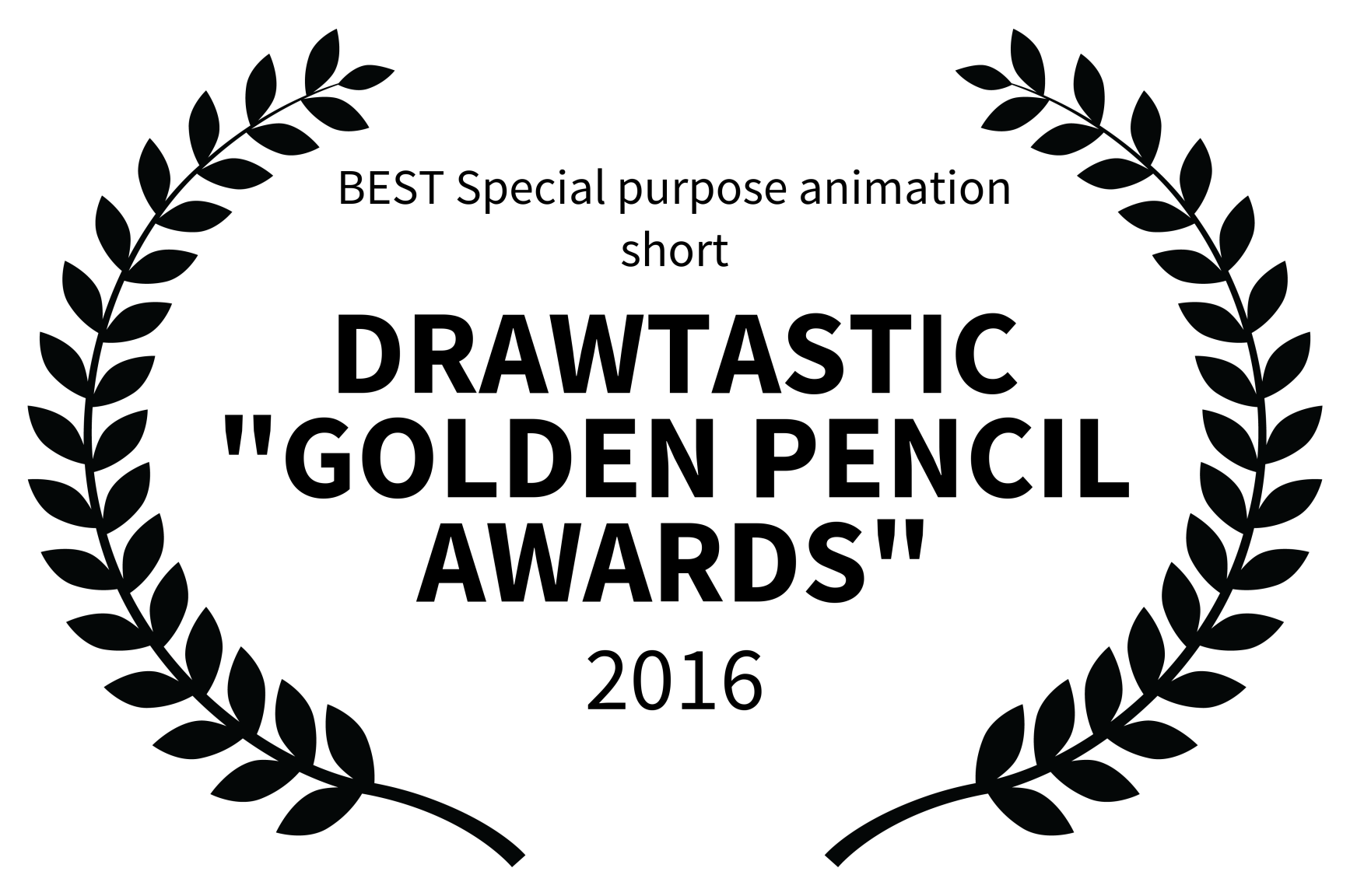
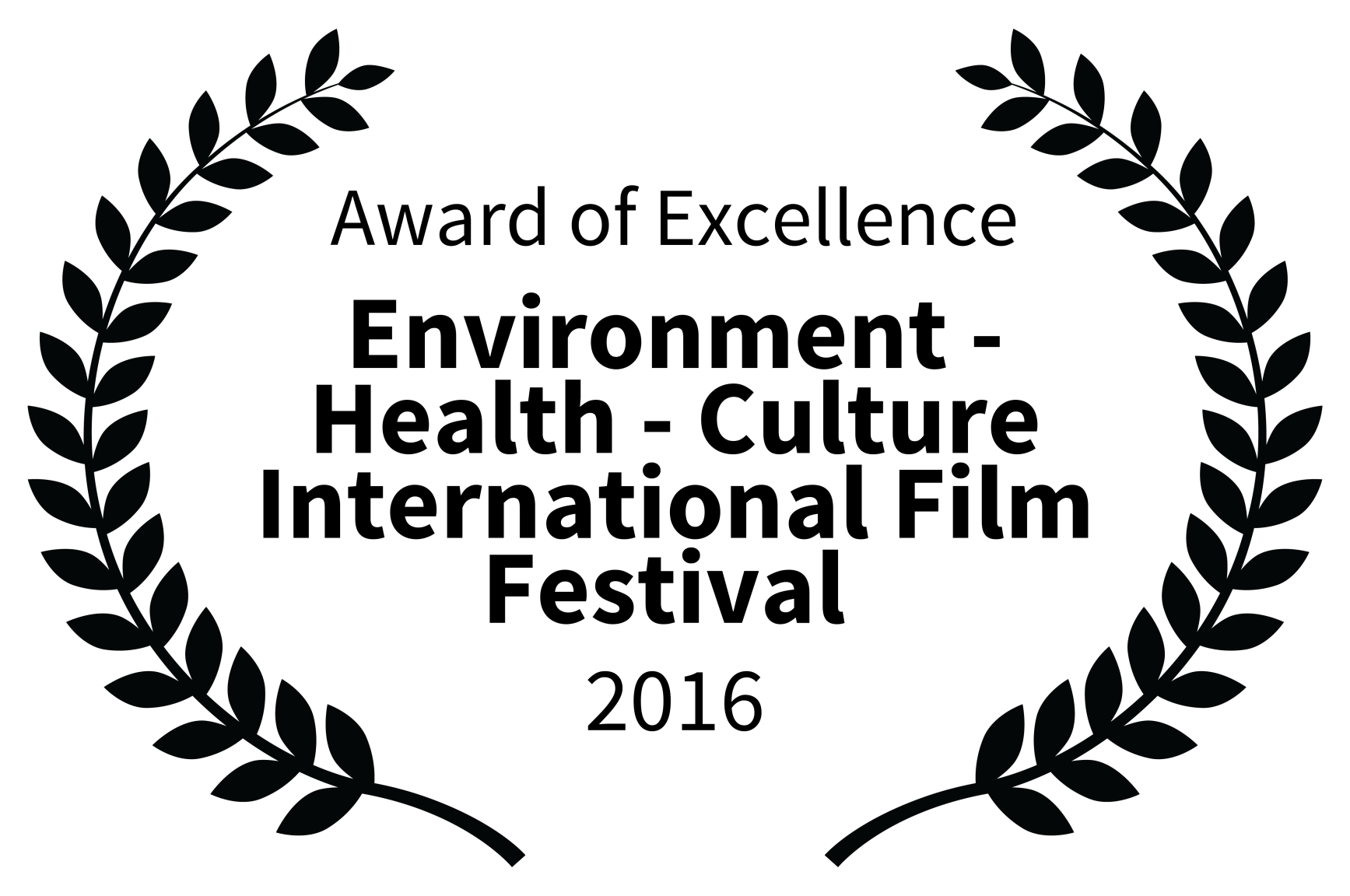
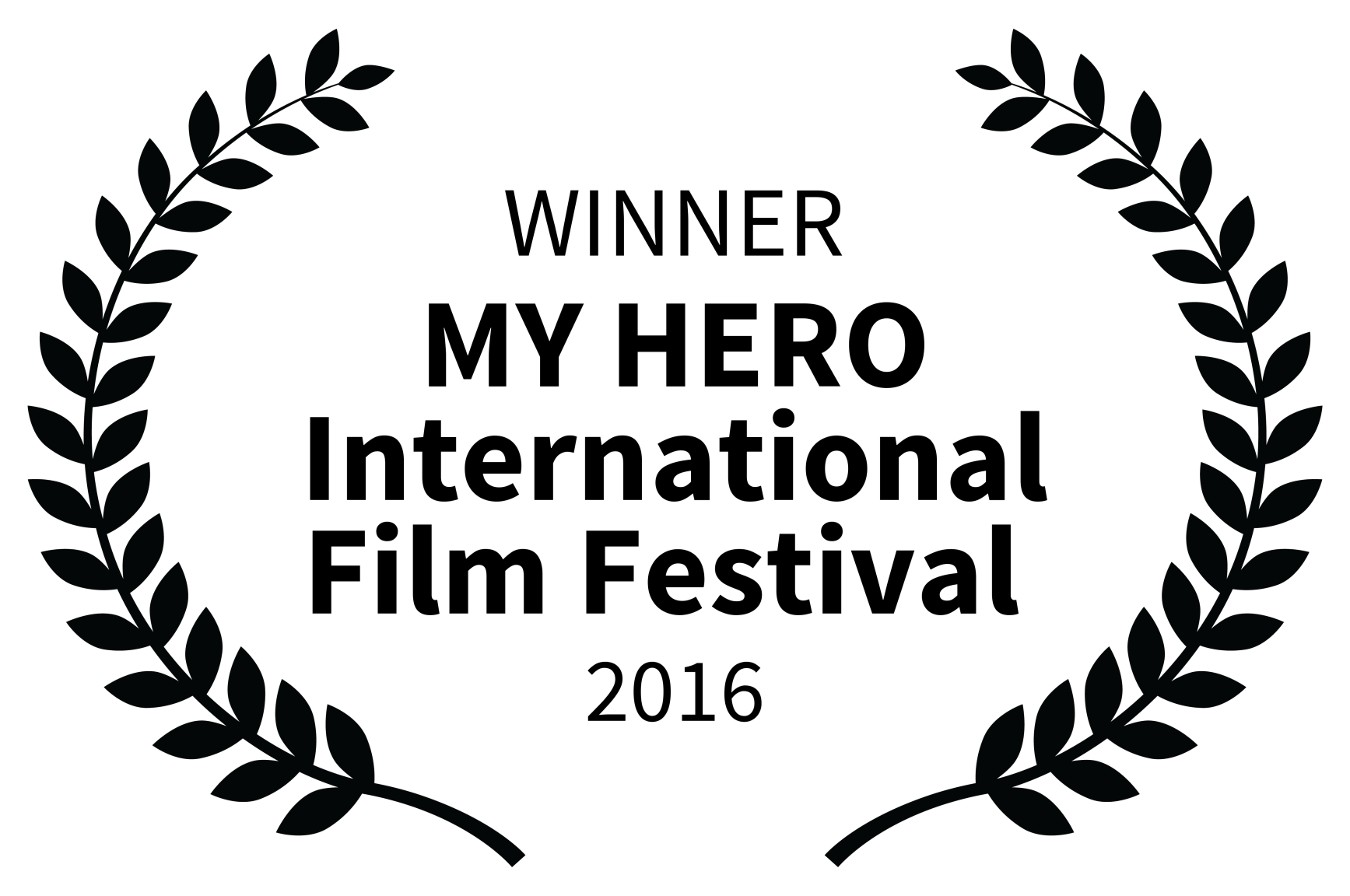
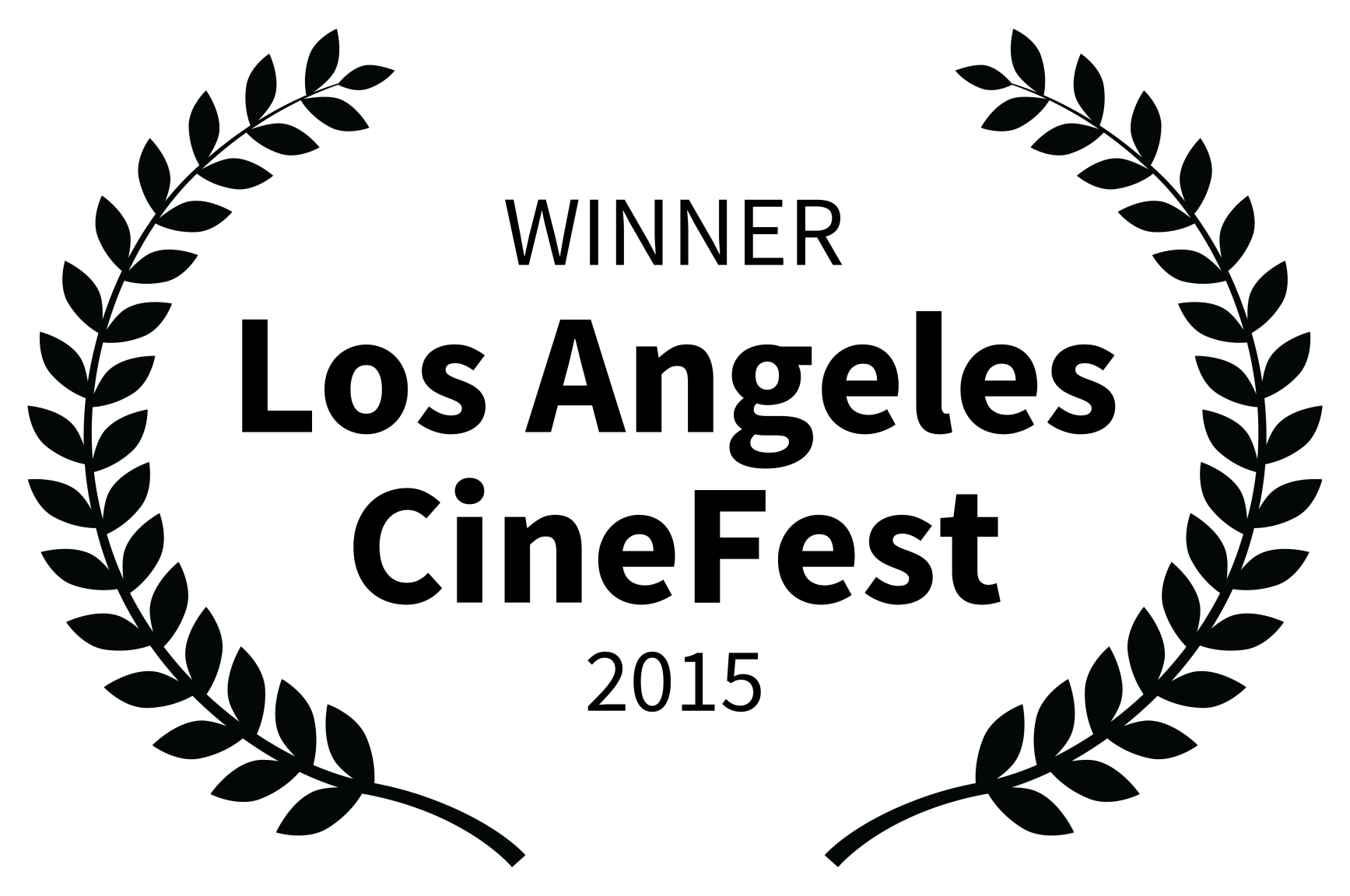
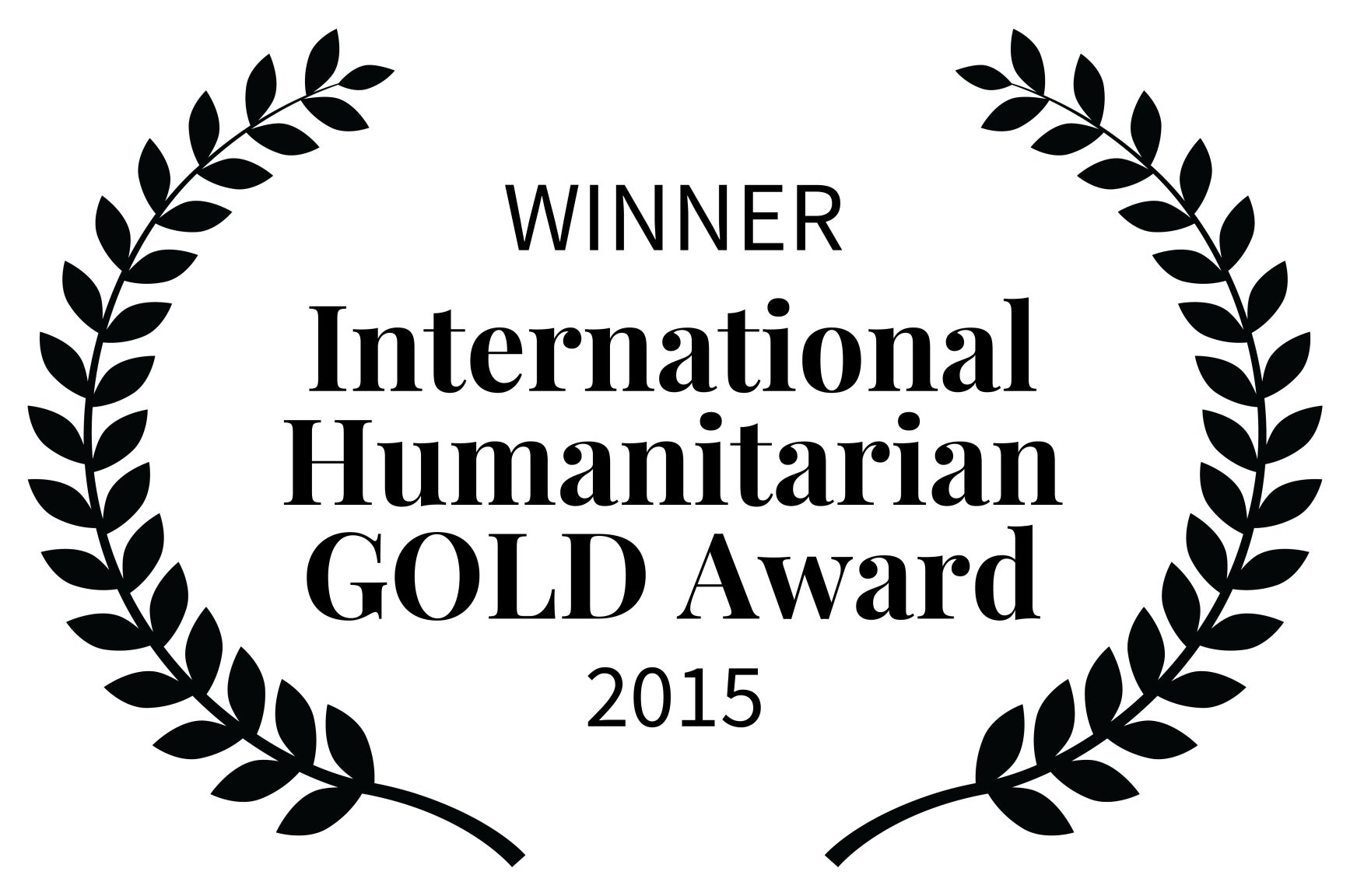
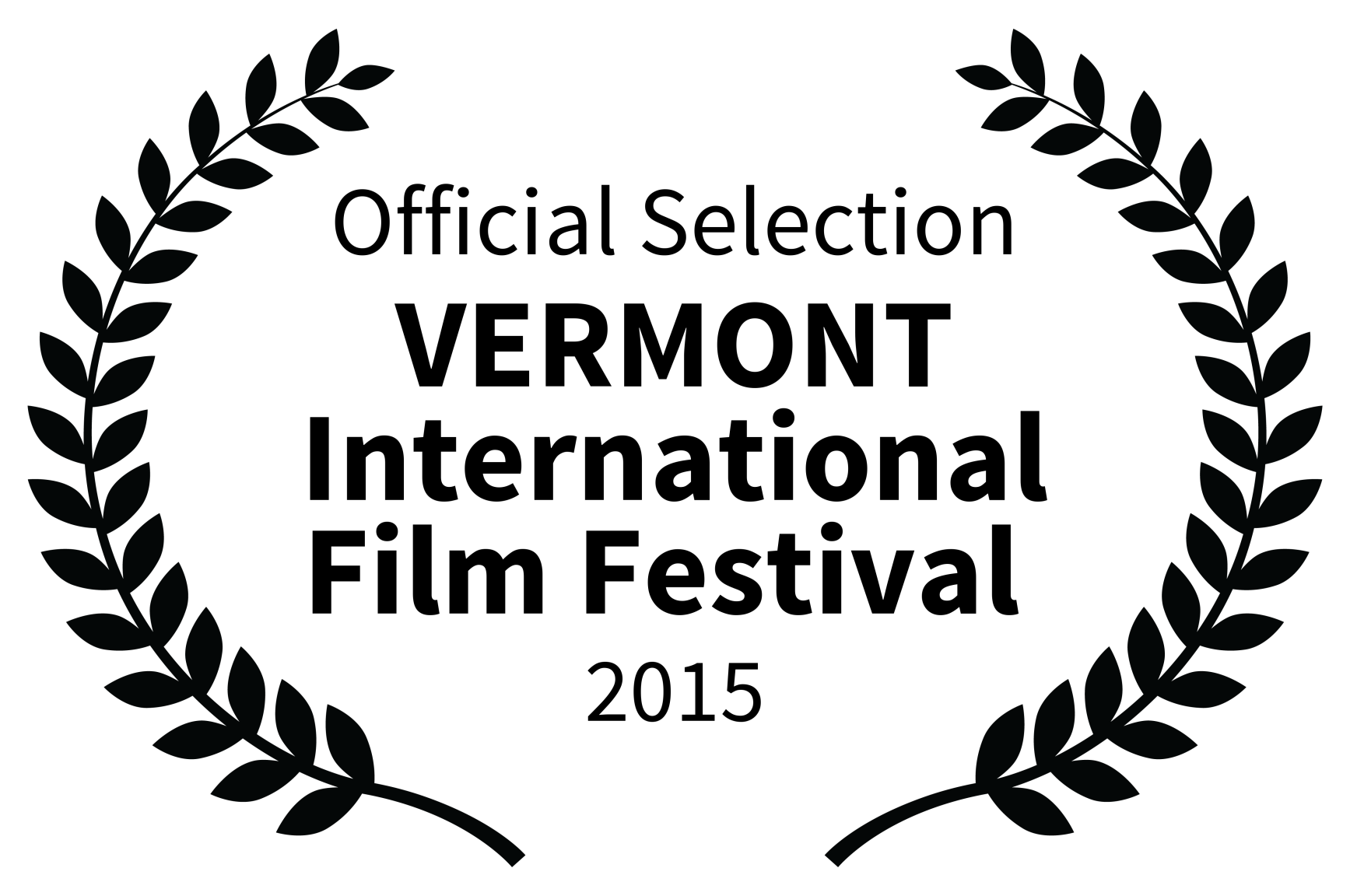
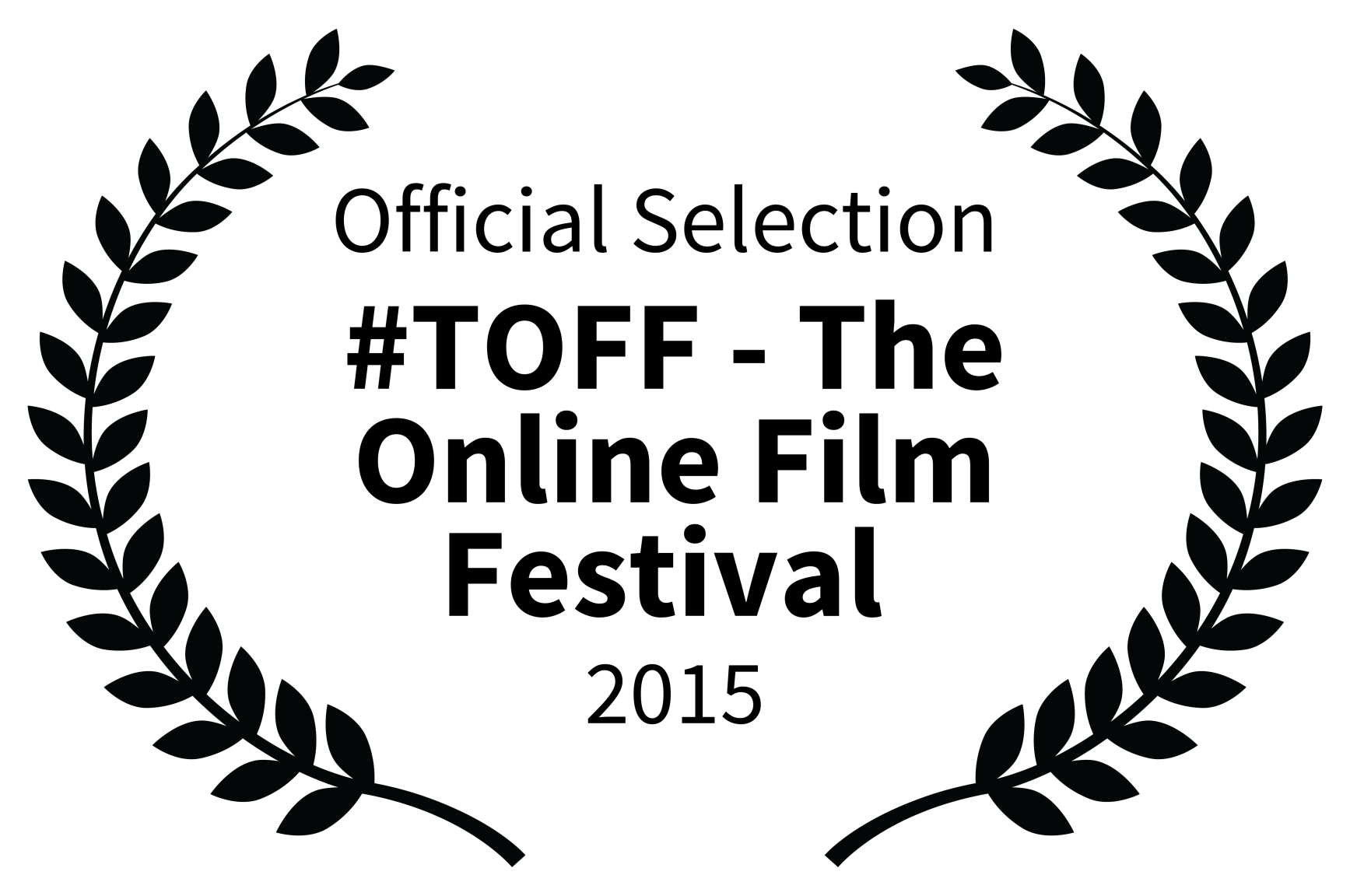

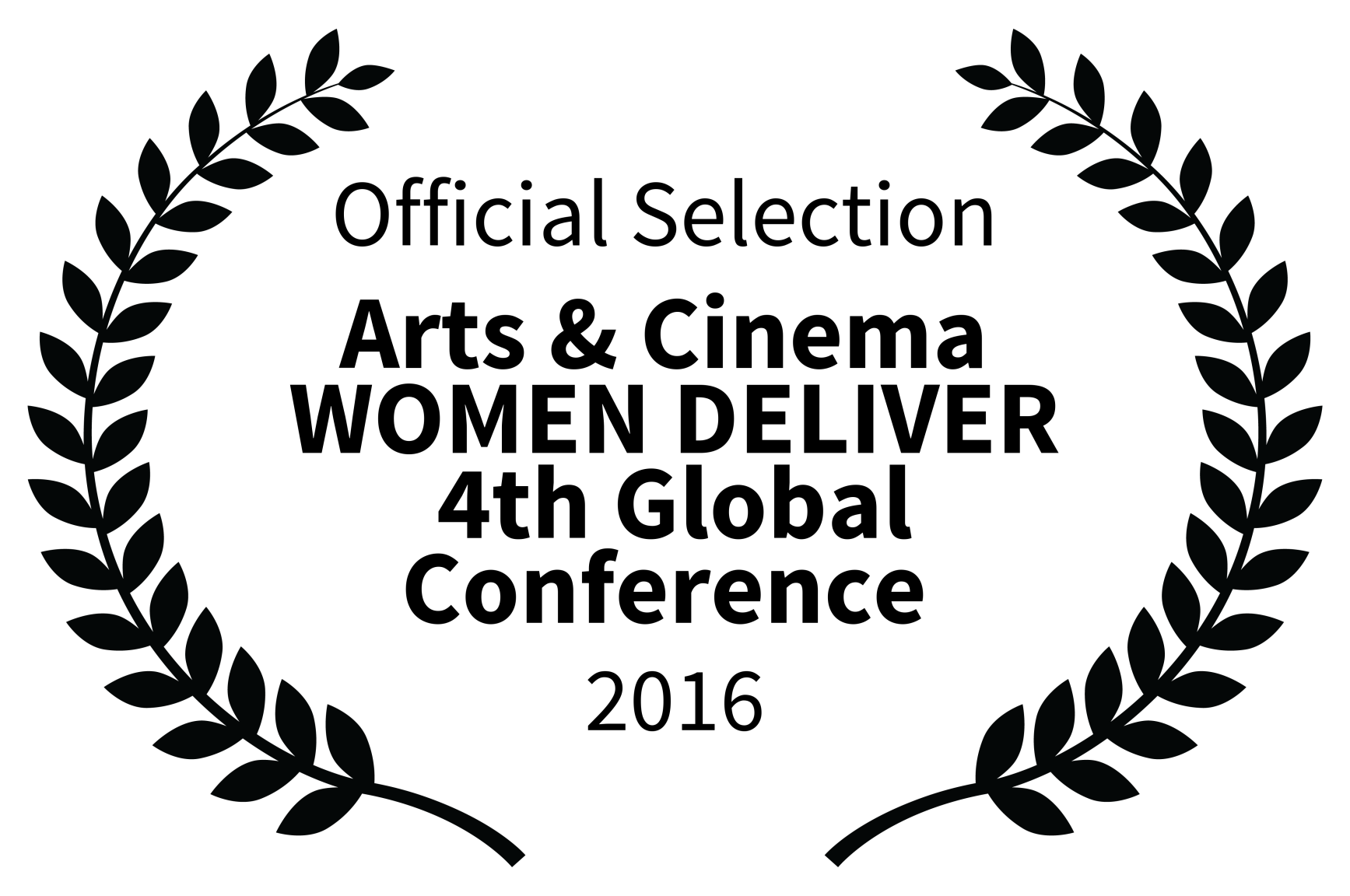

The Story of Cholera – Awards and Official Selections

